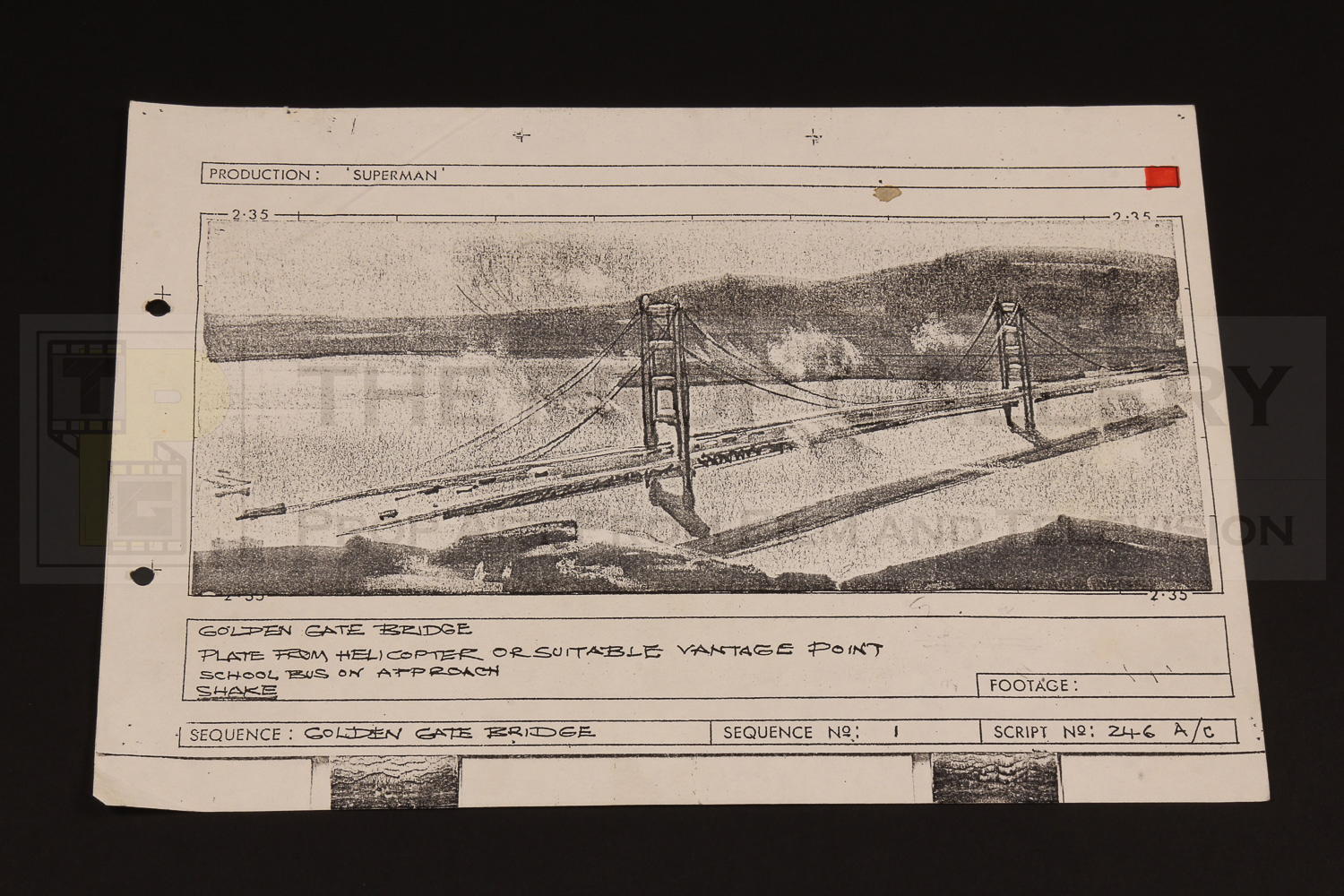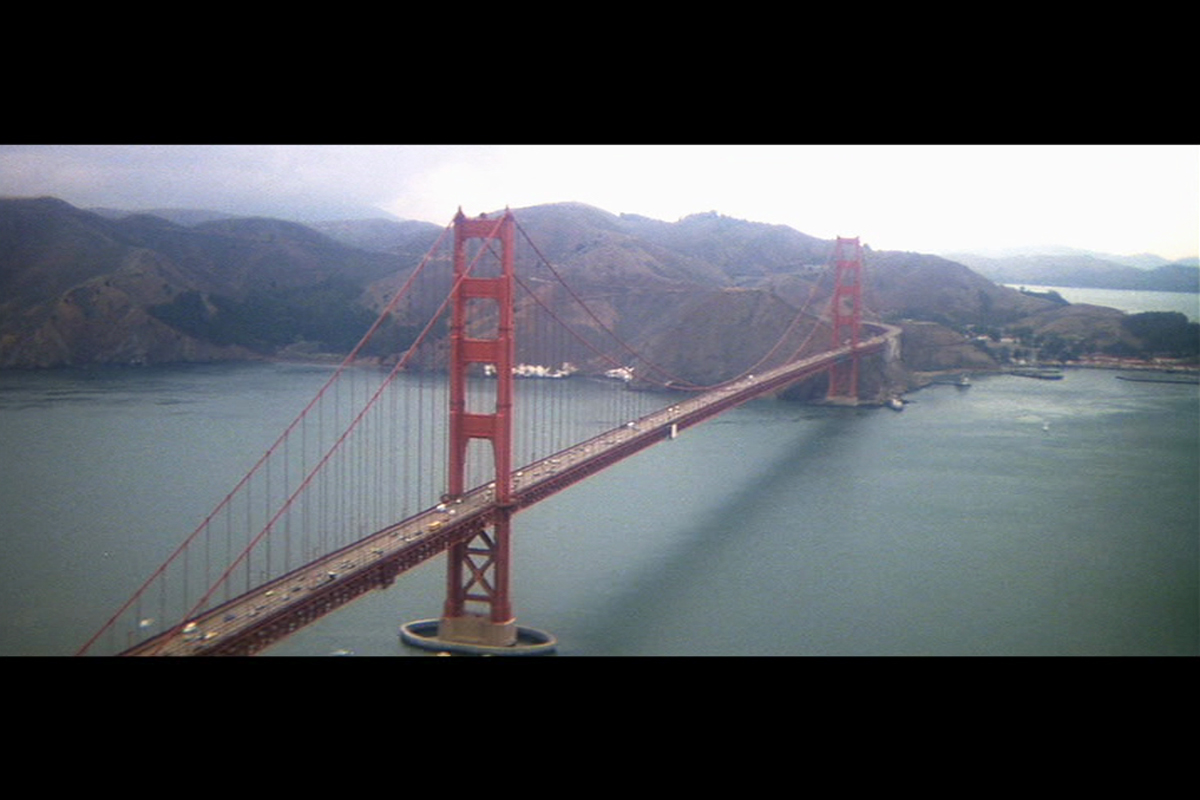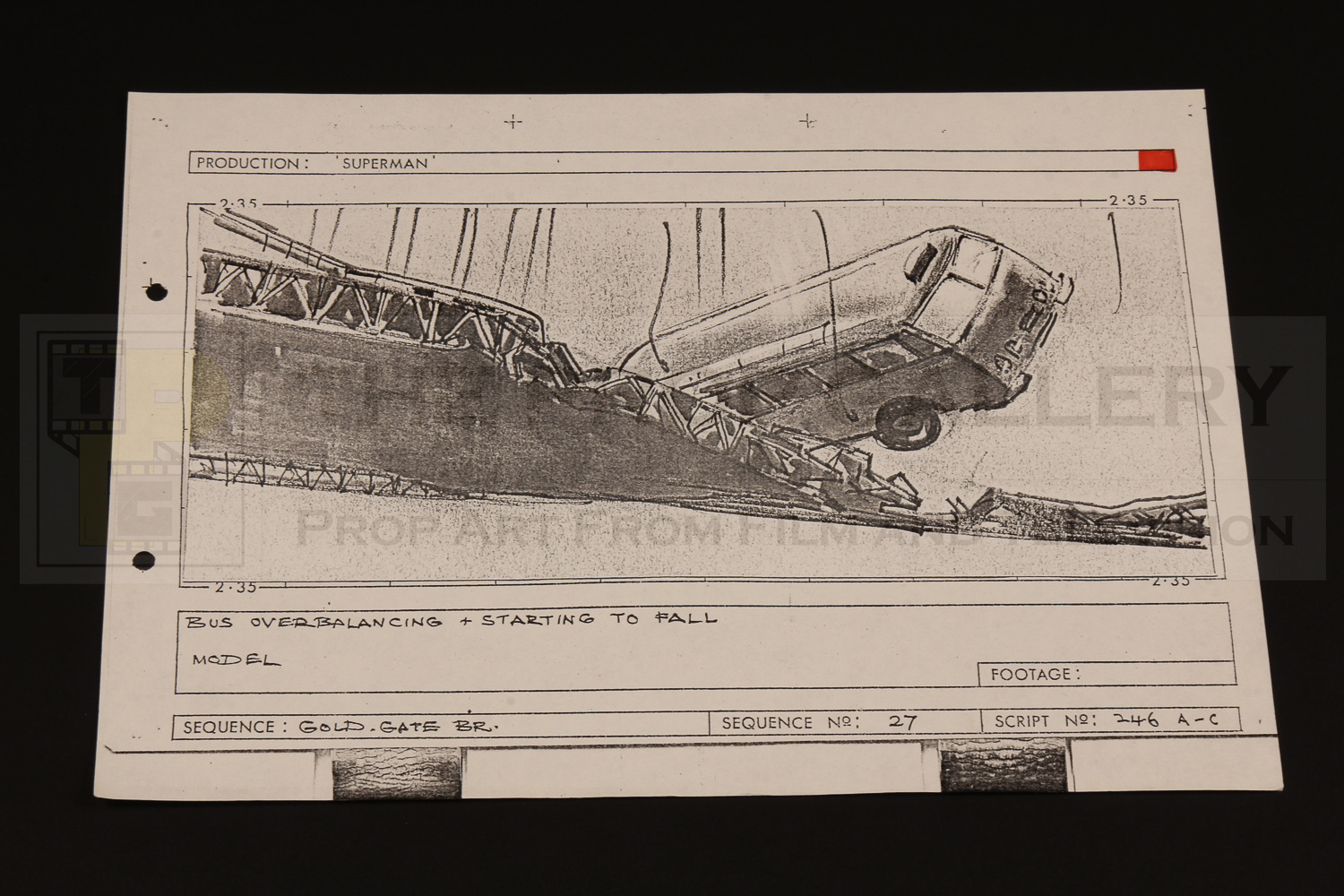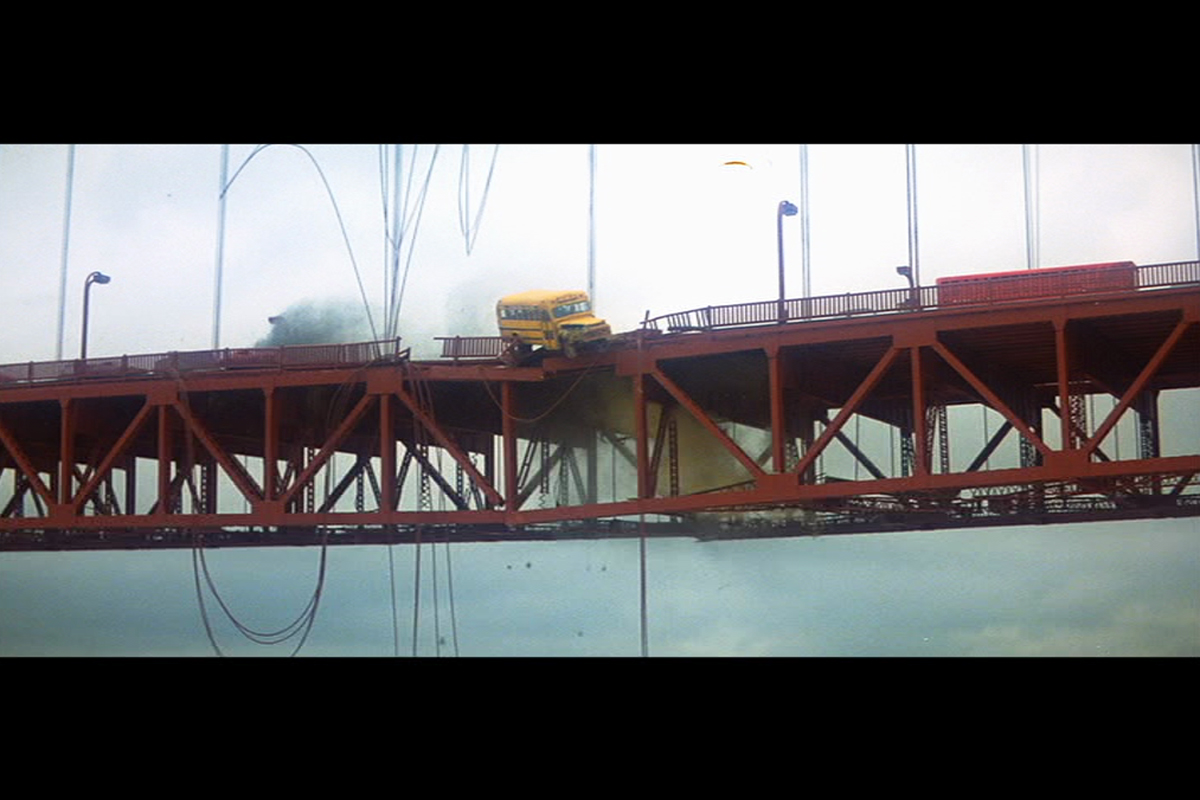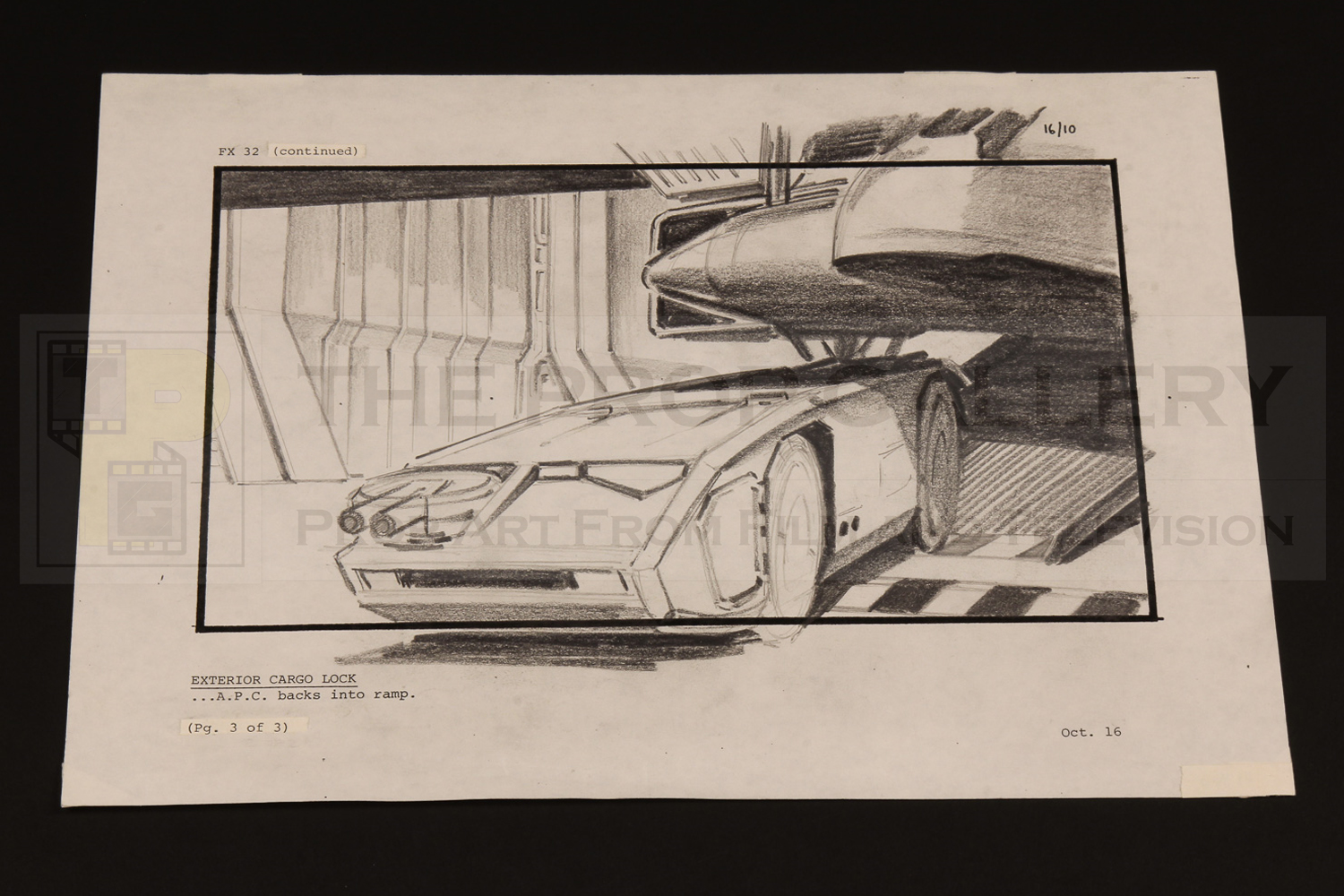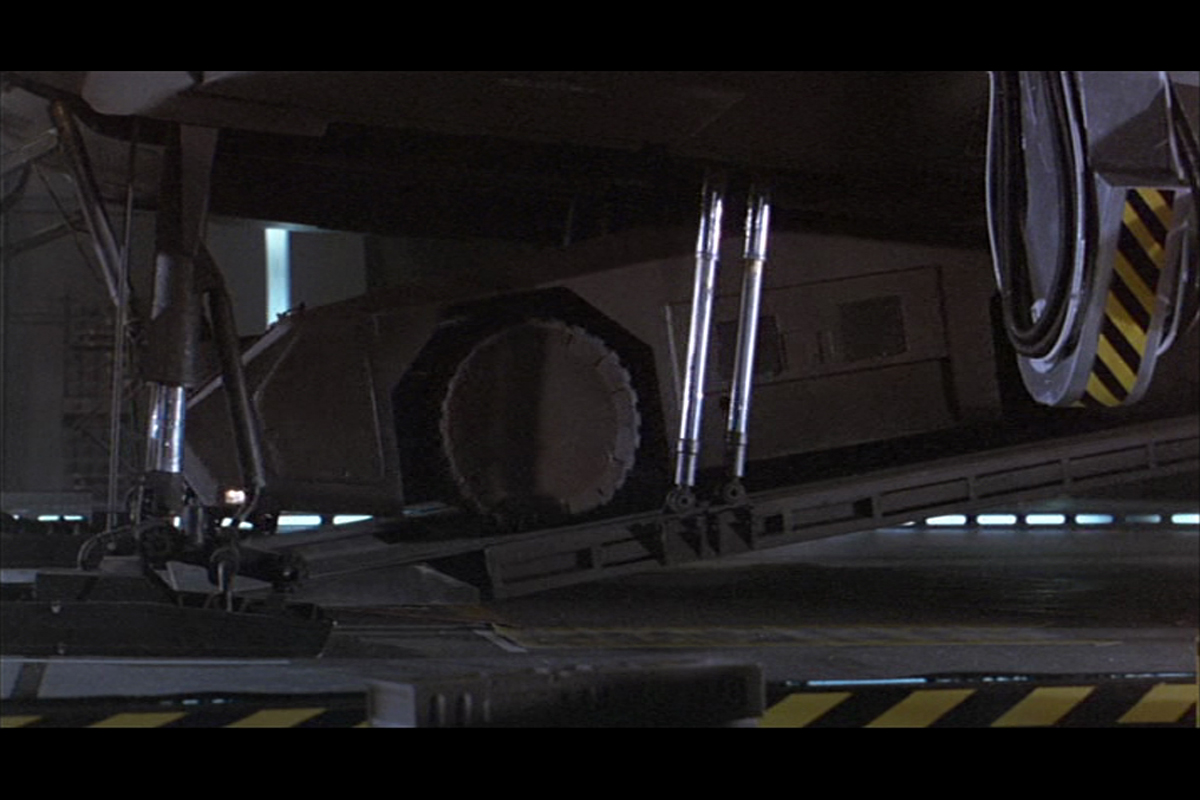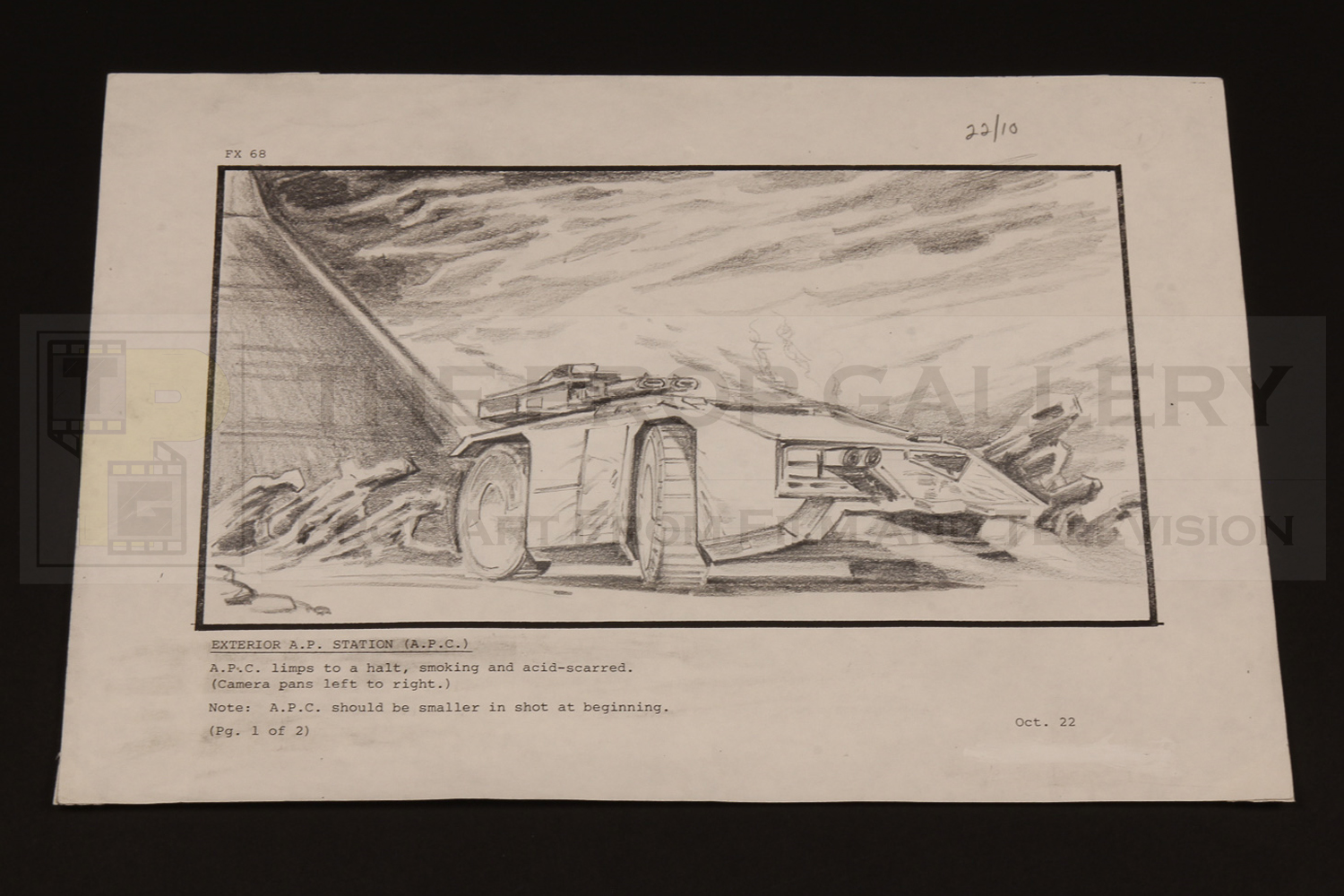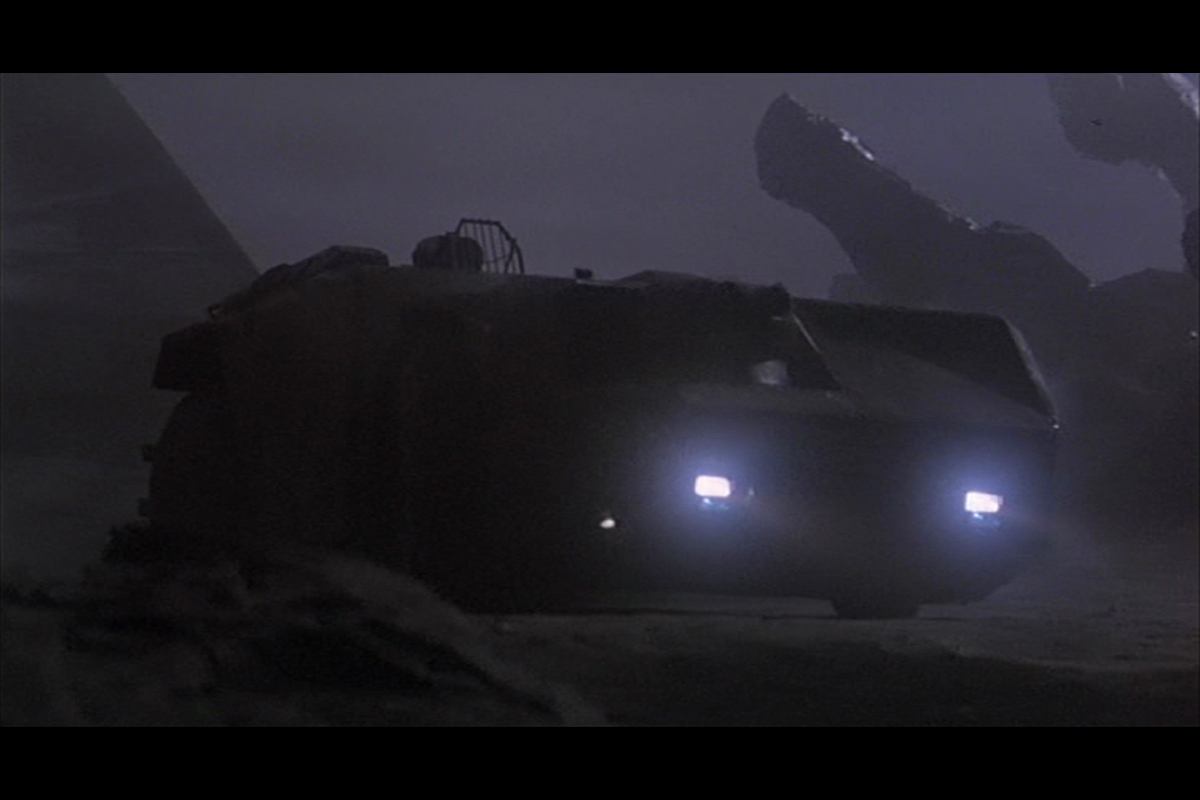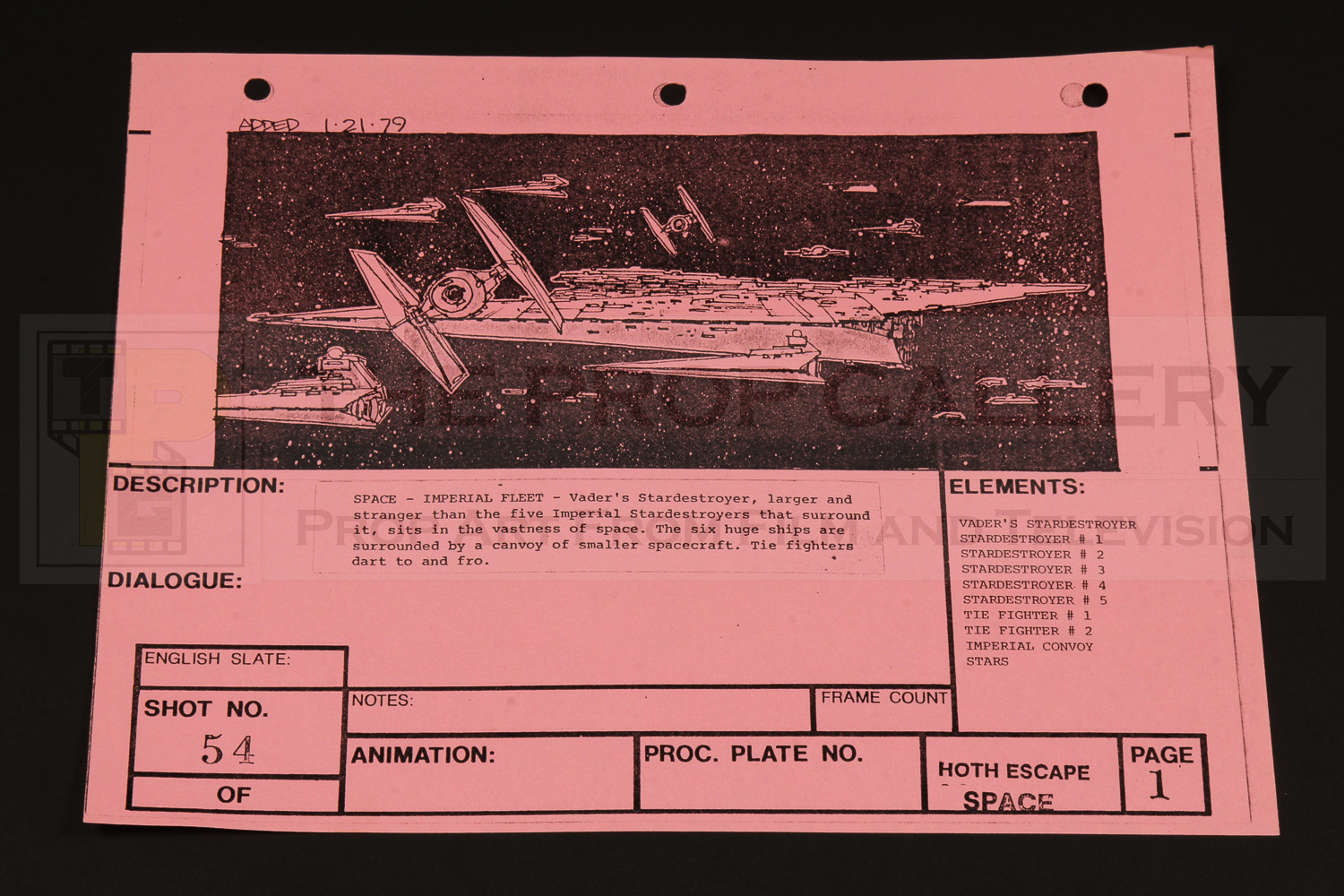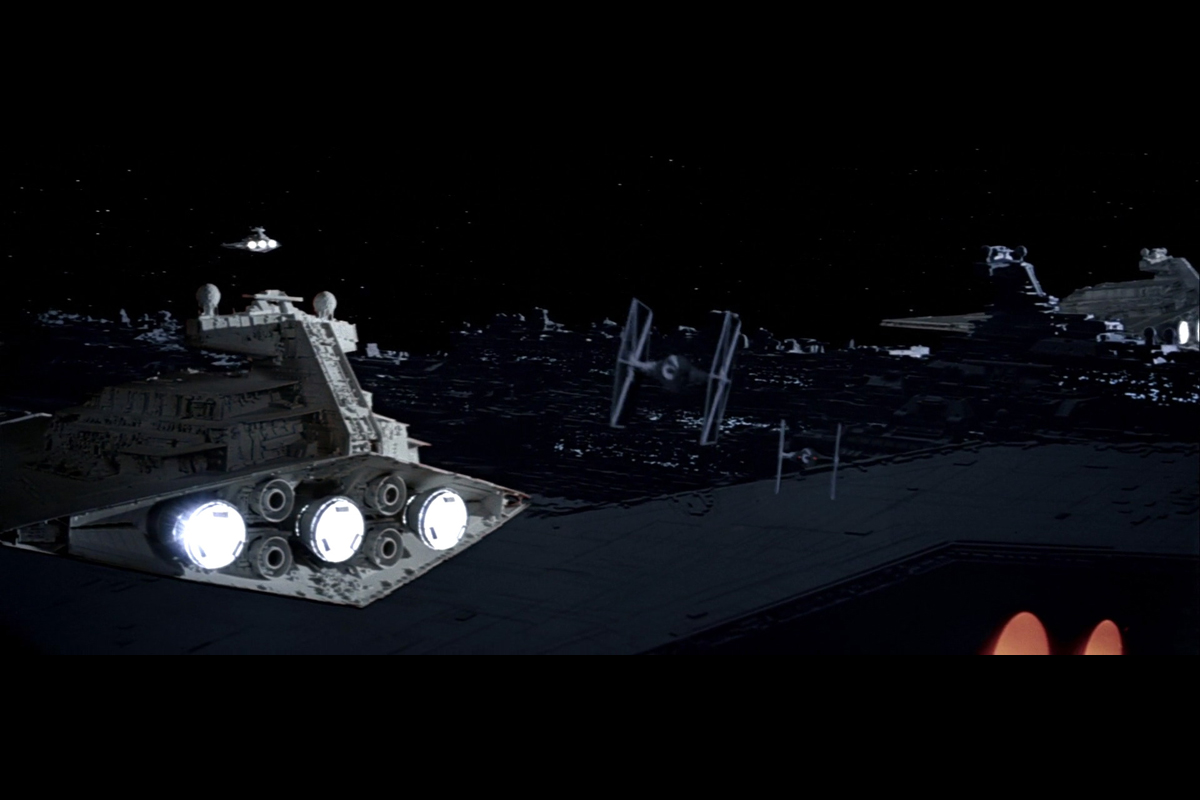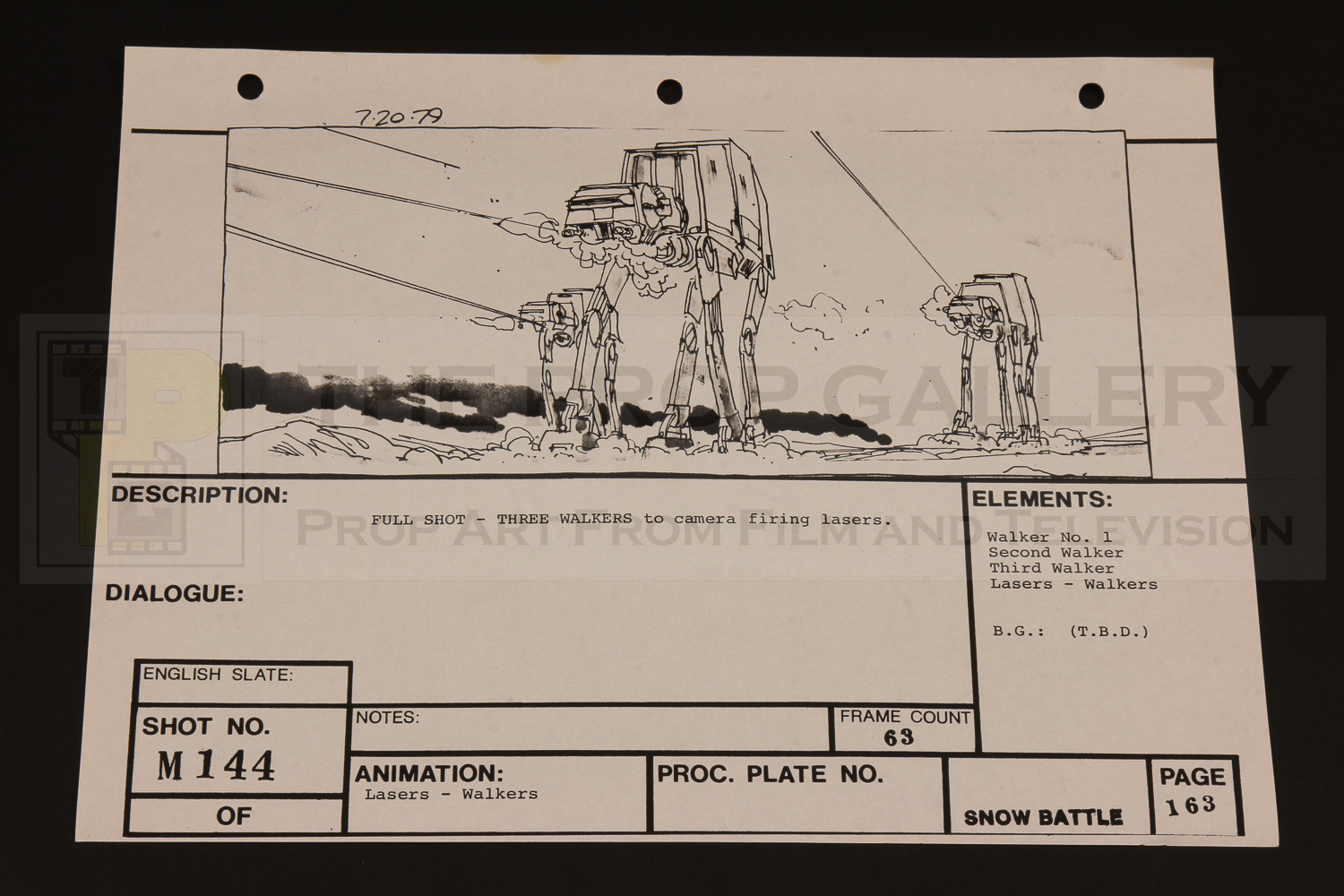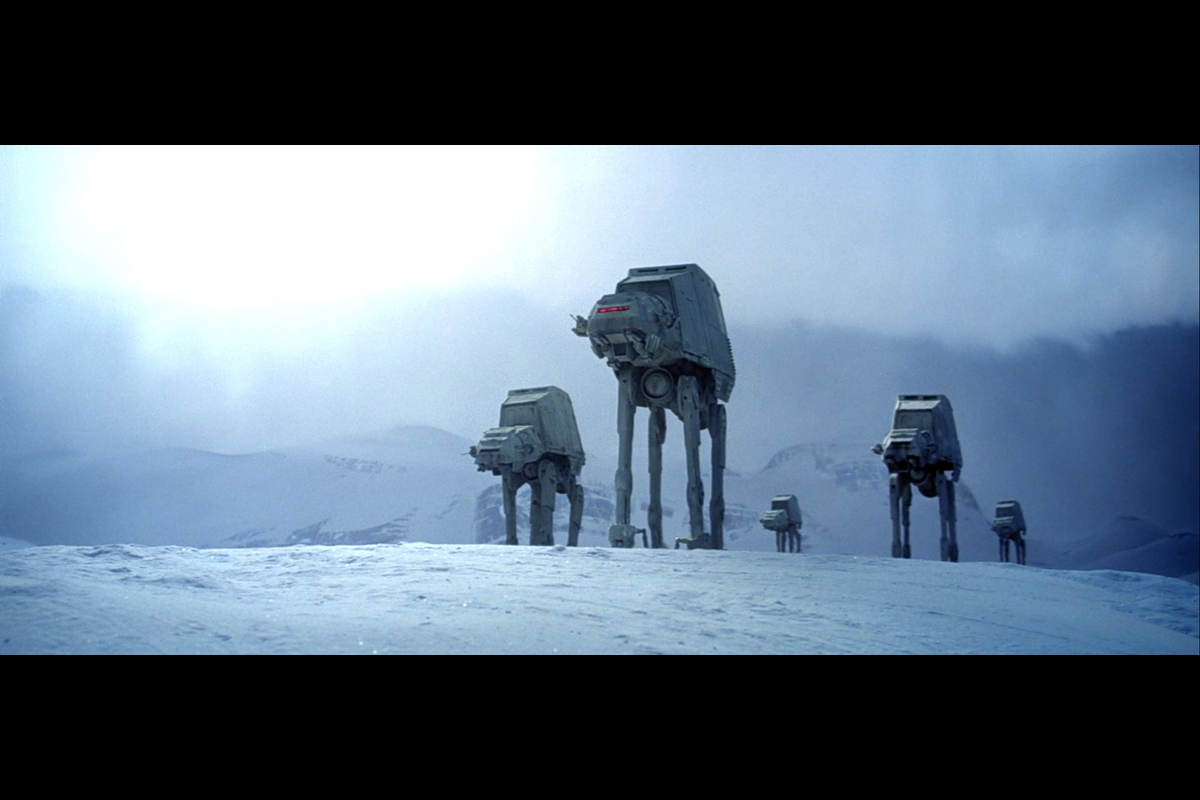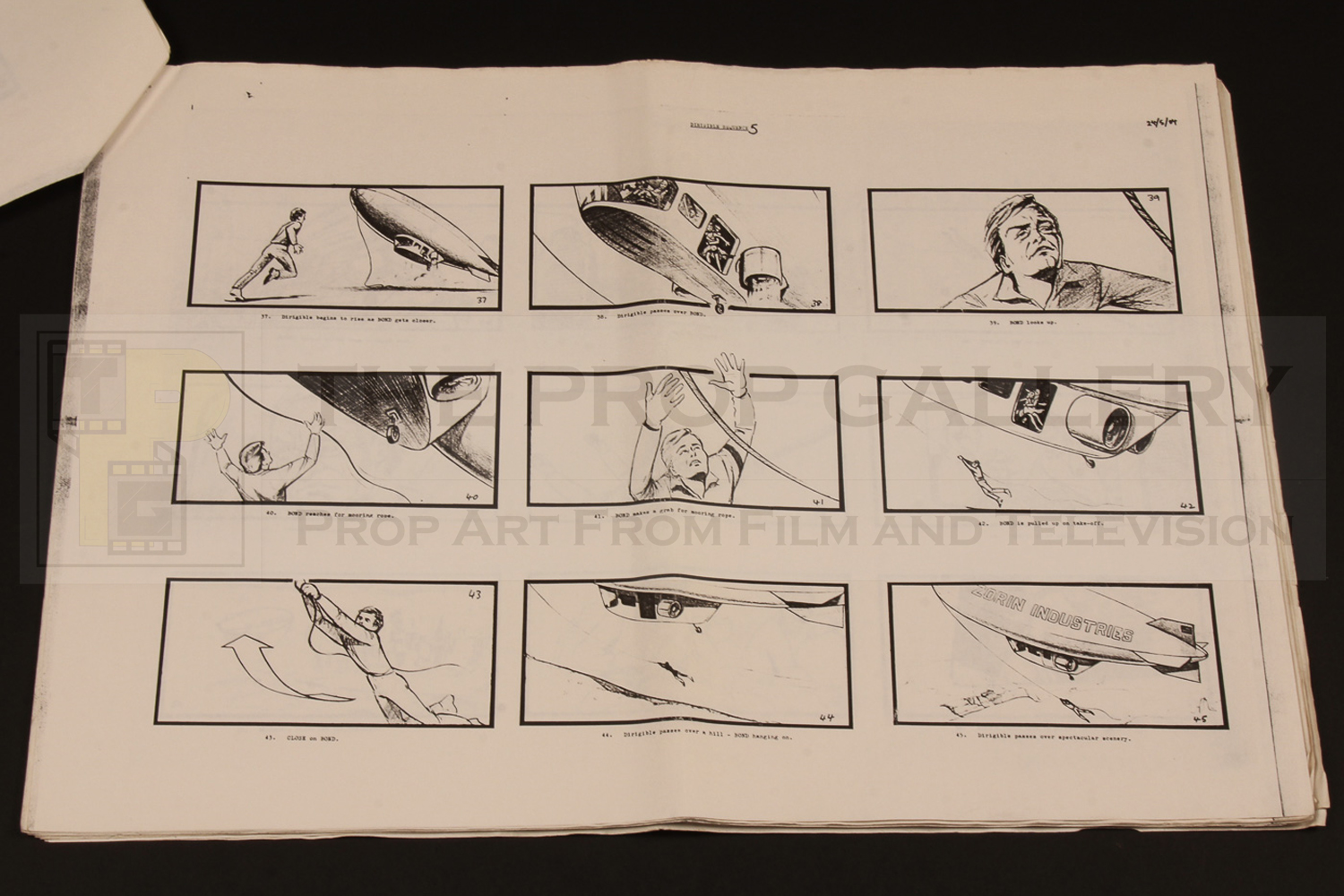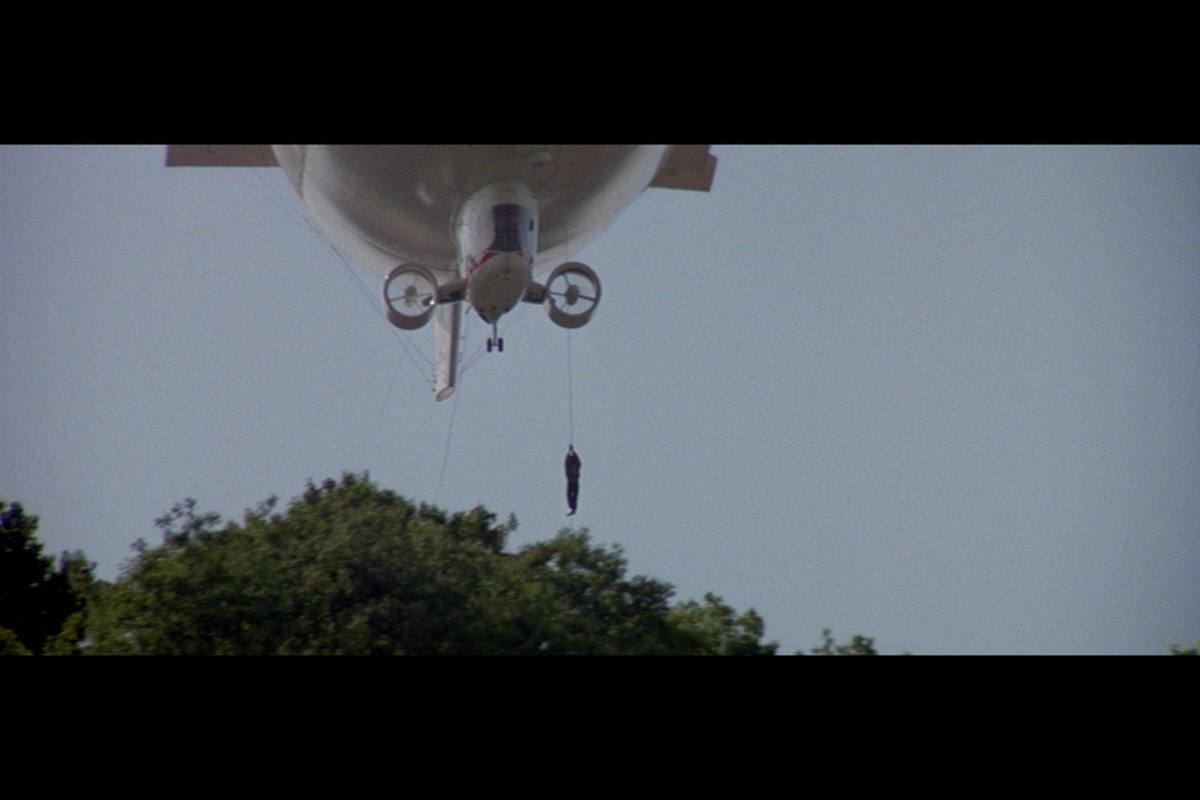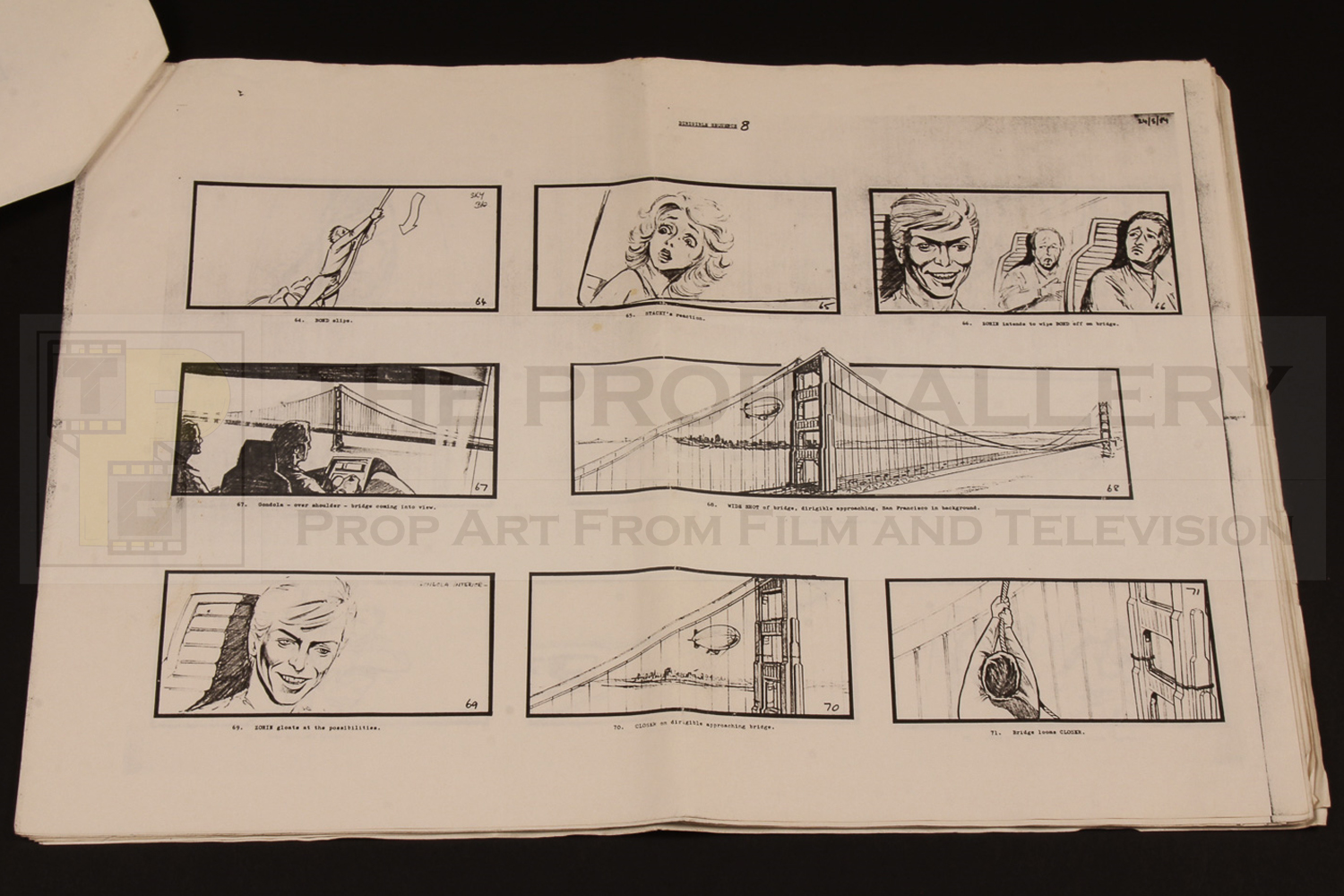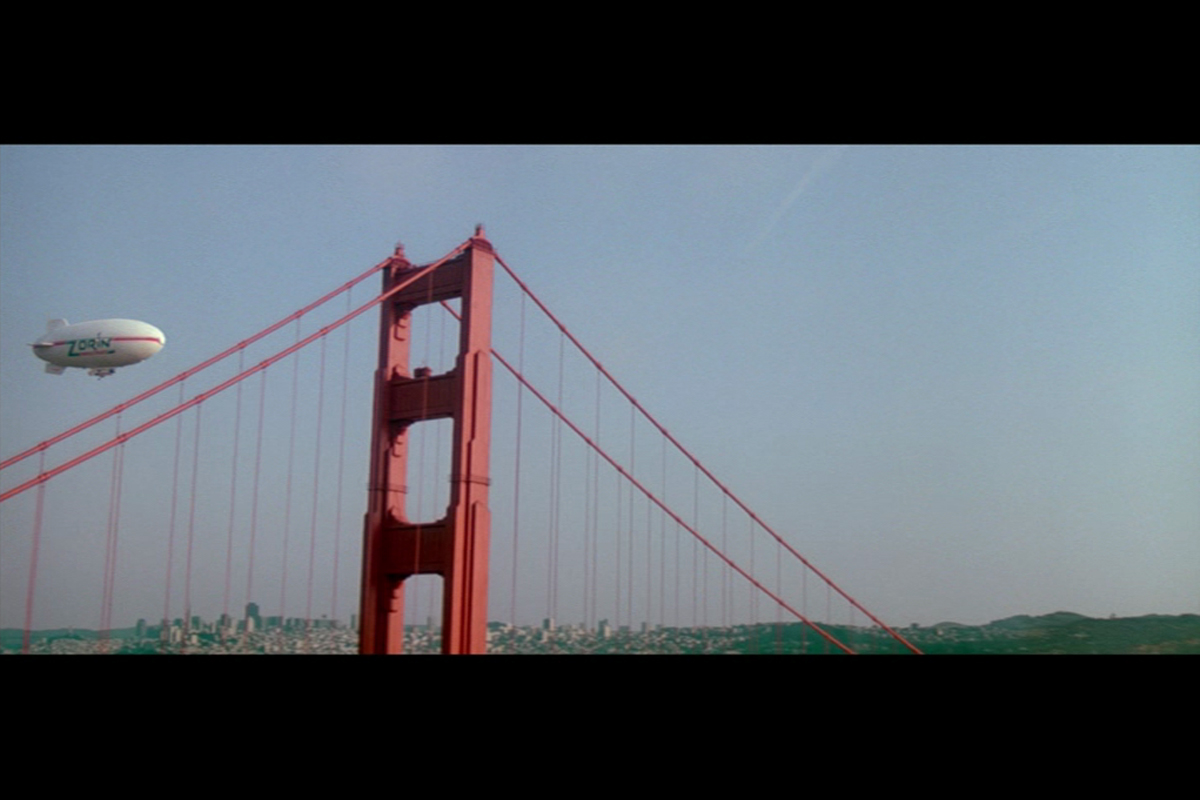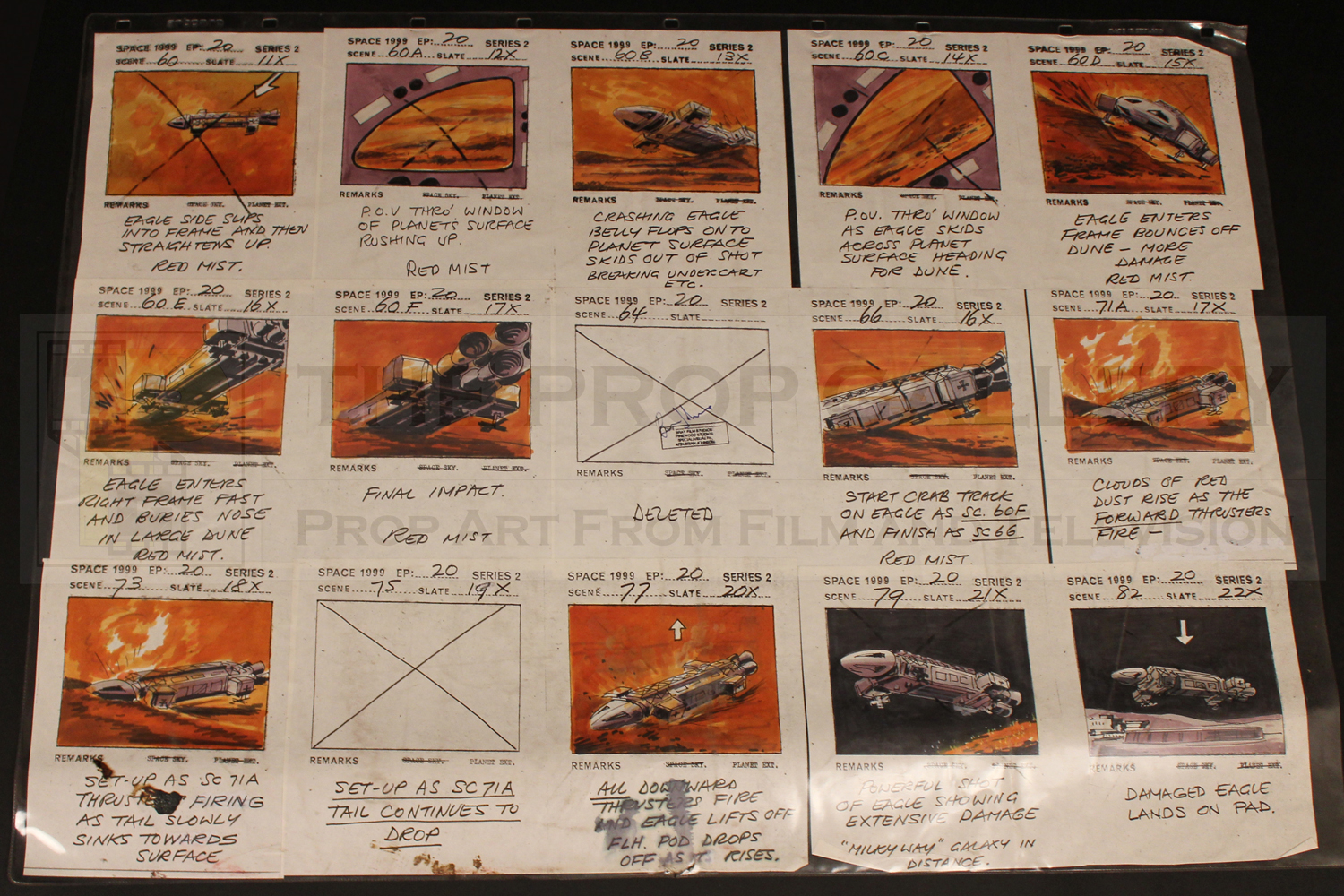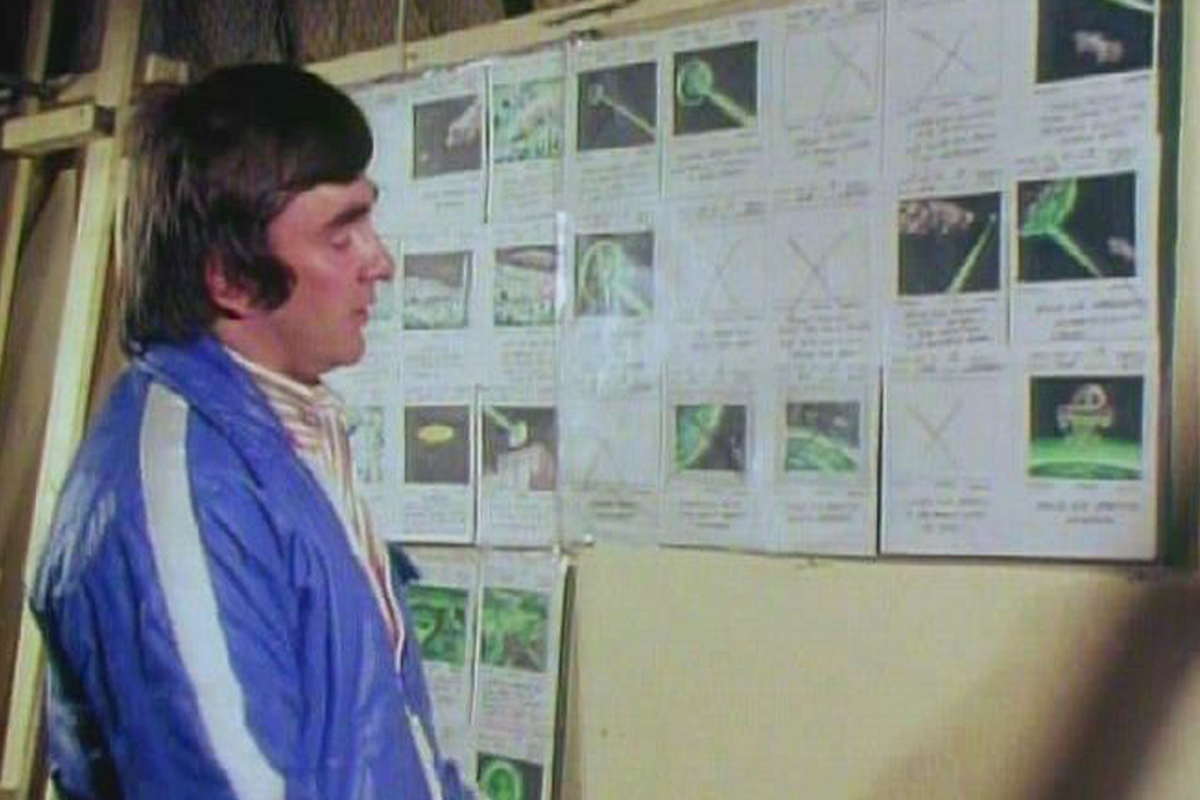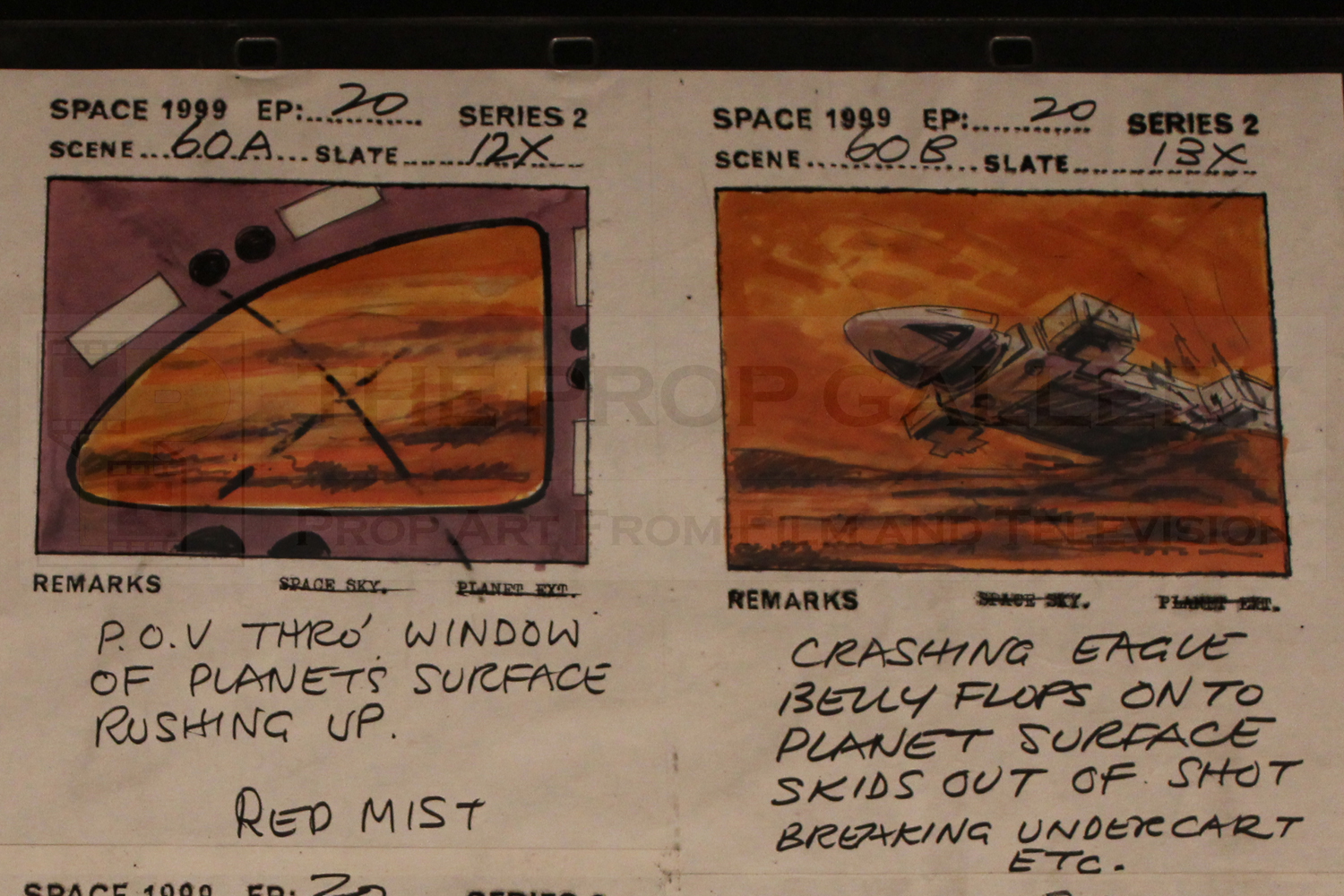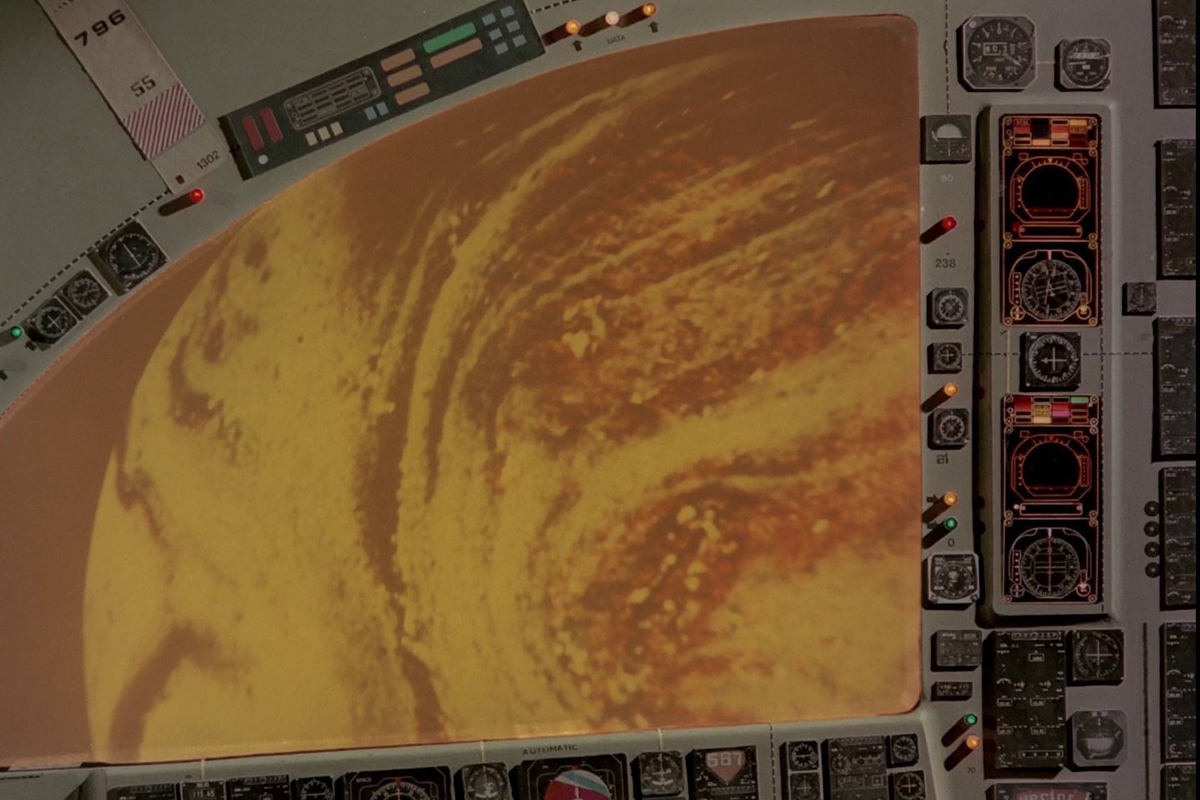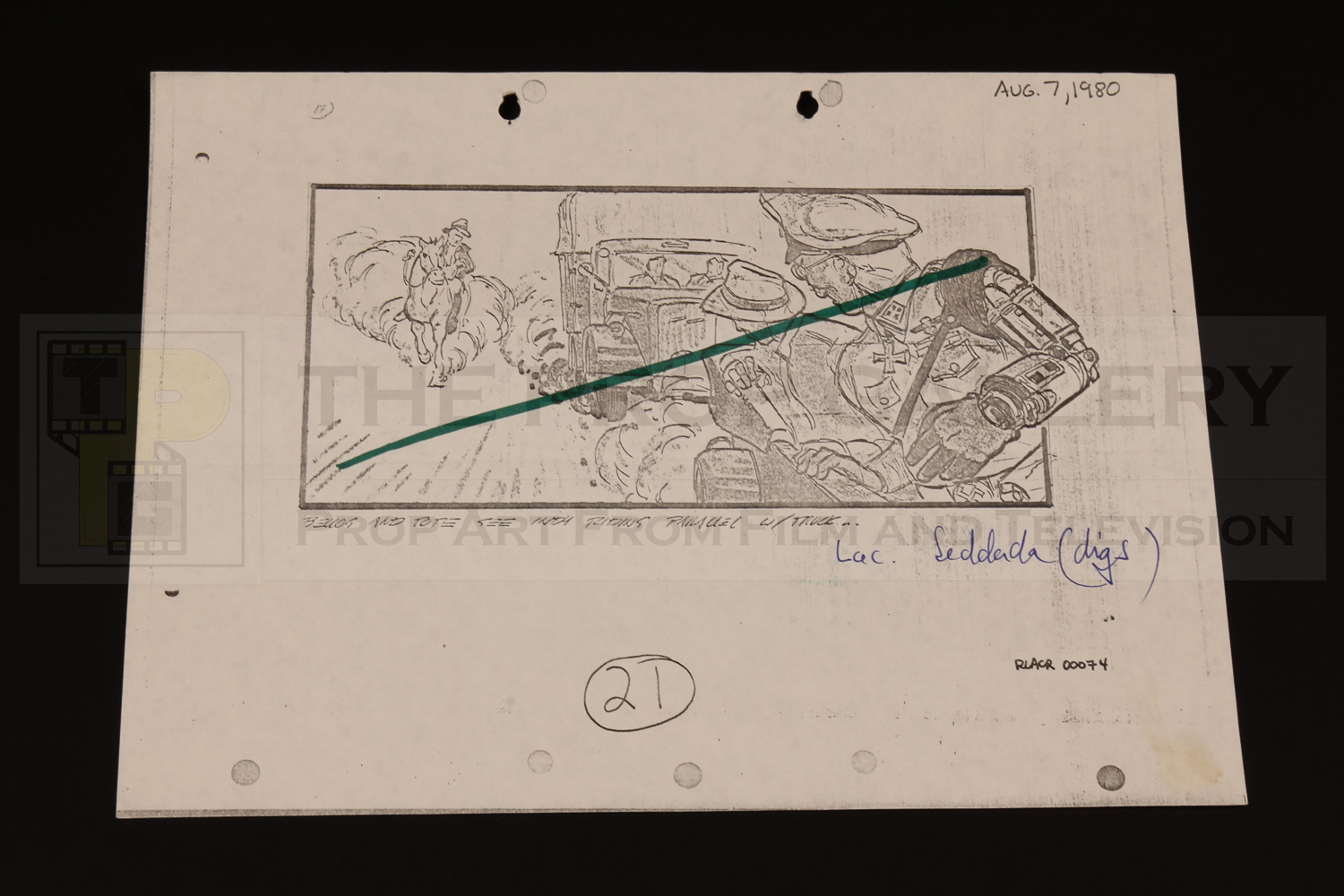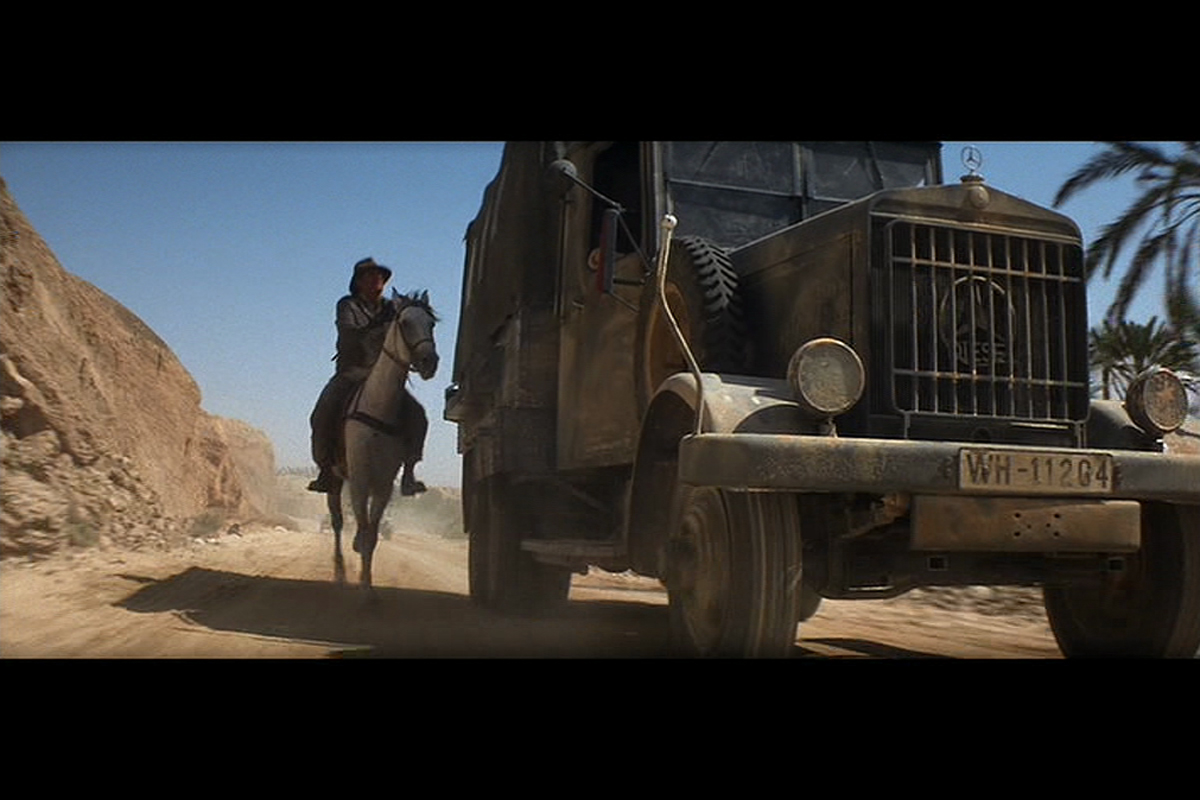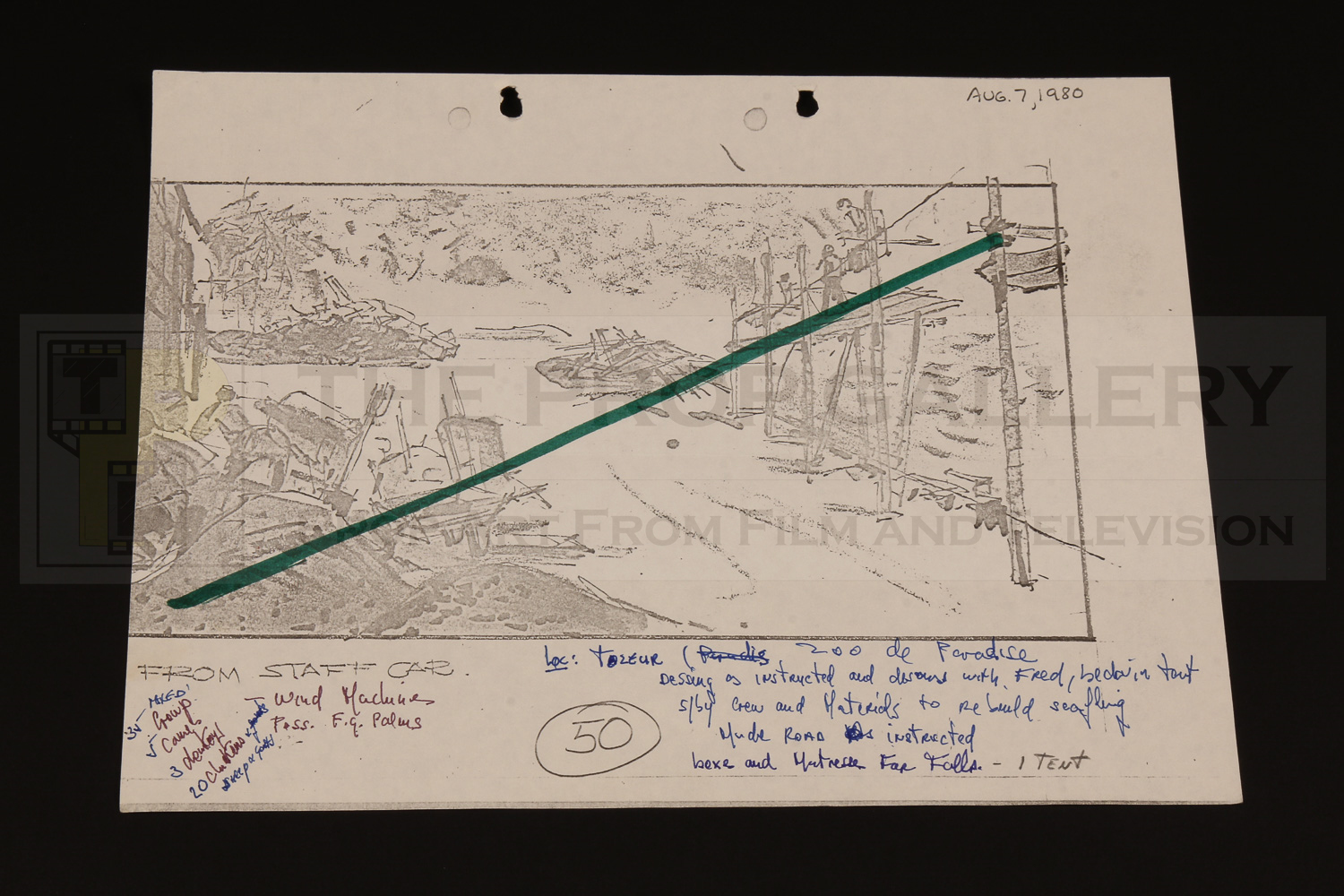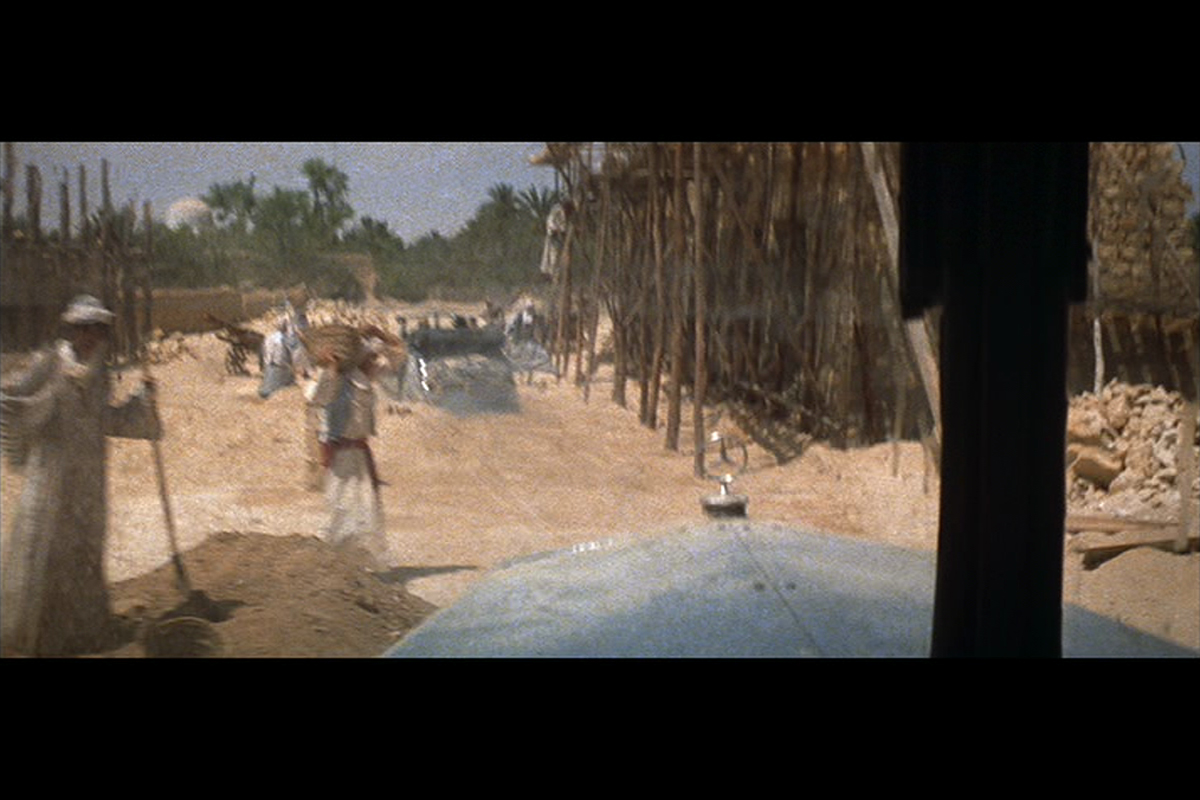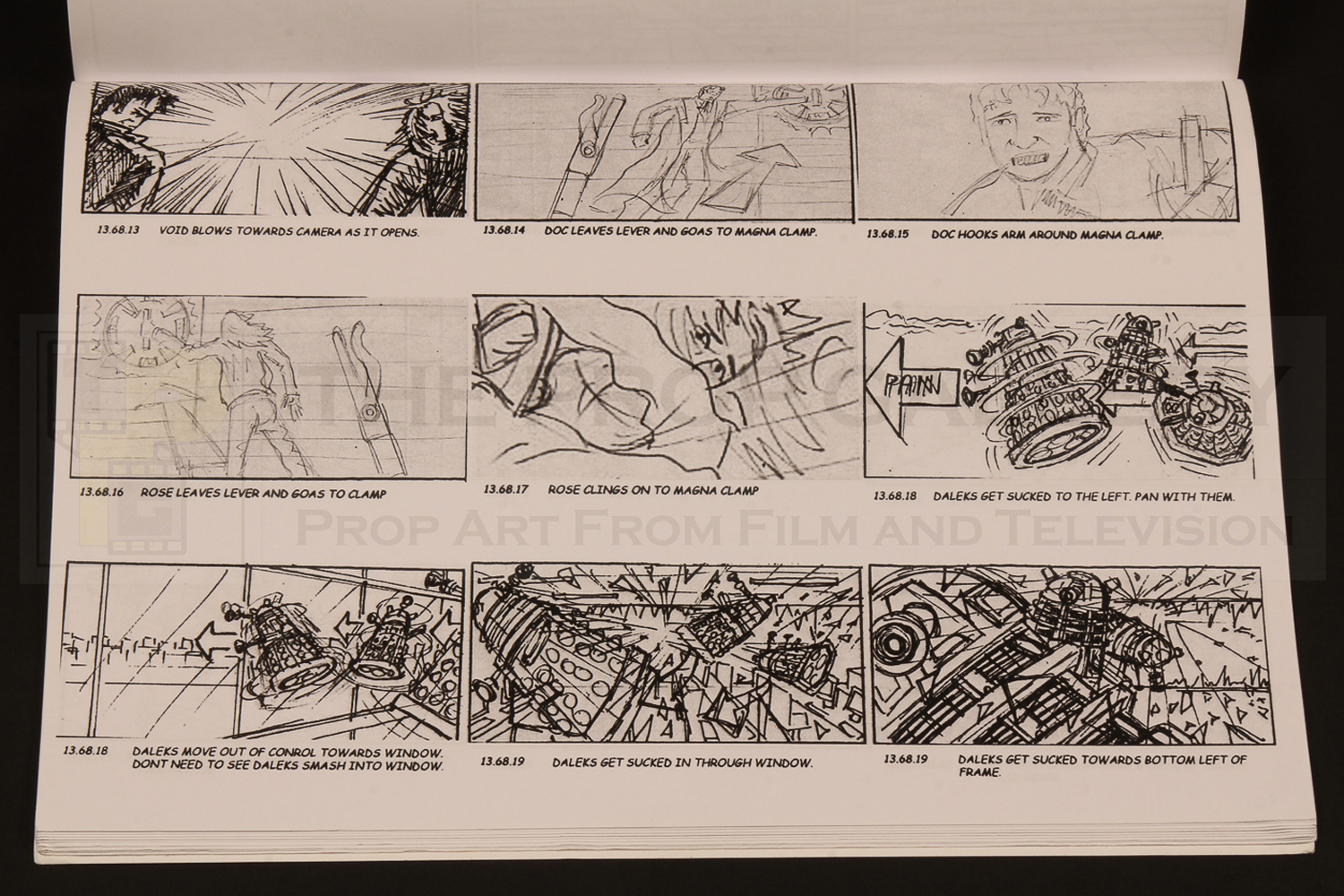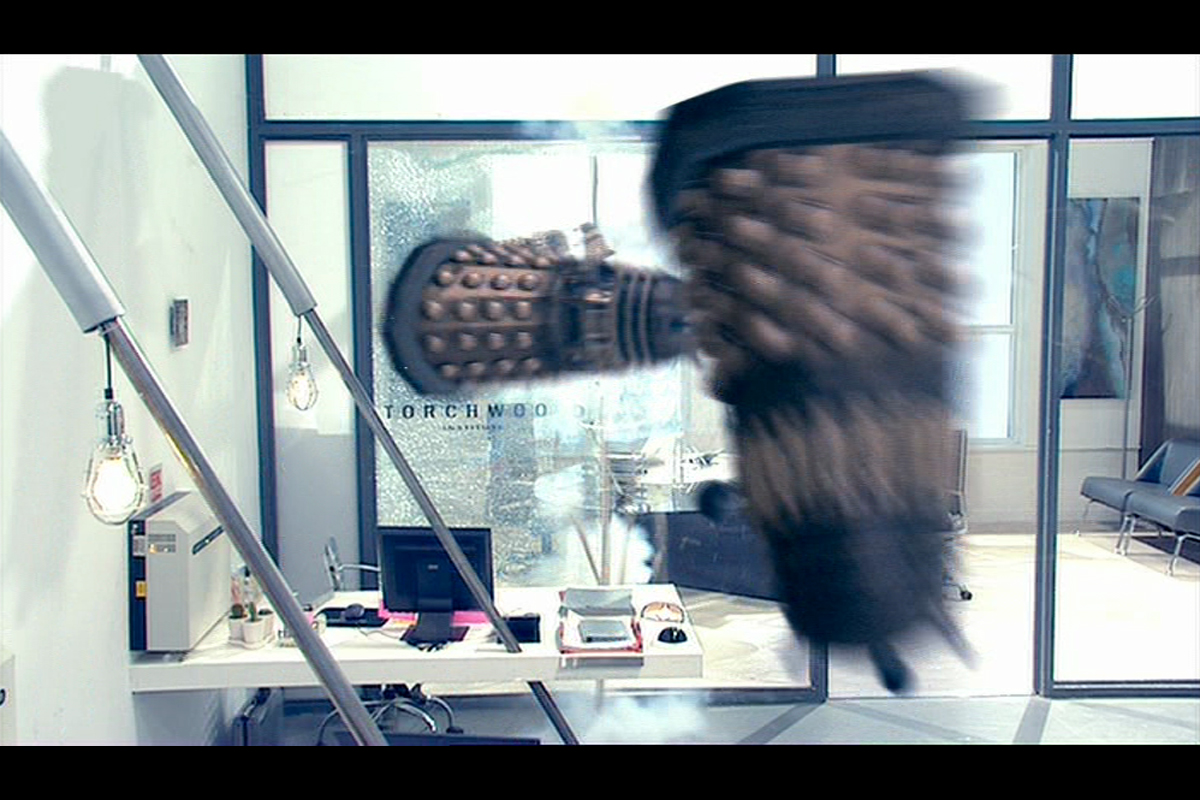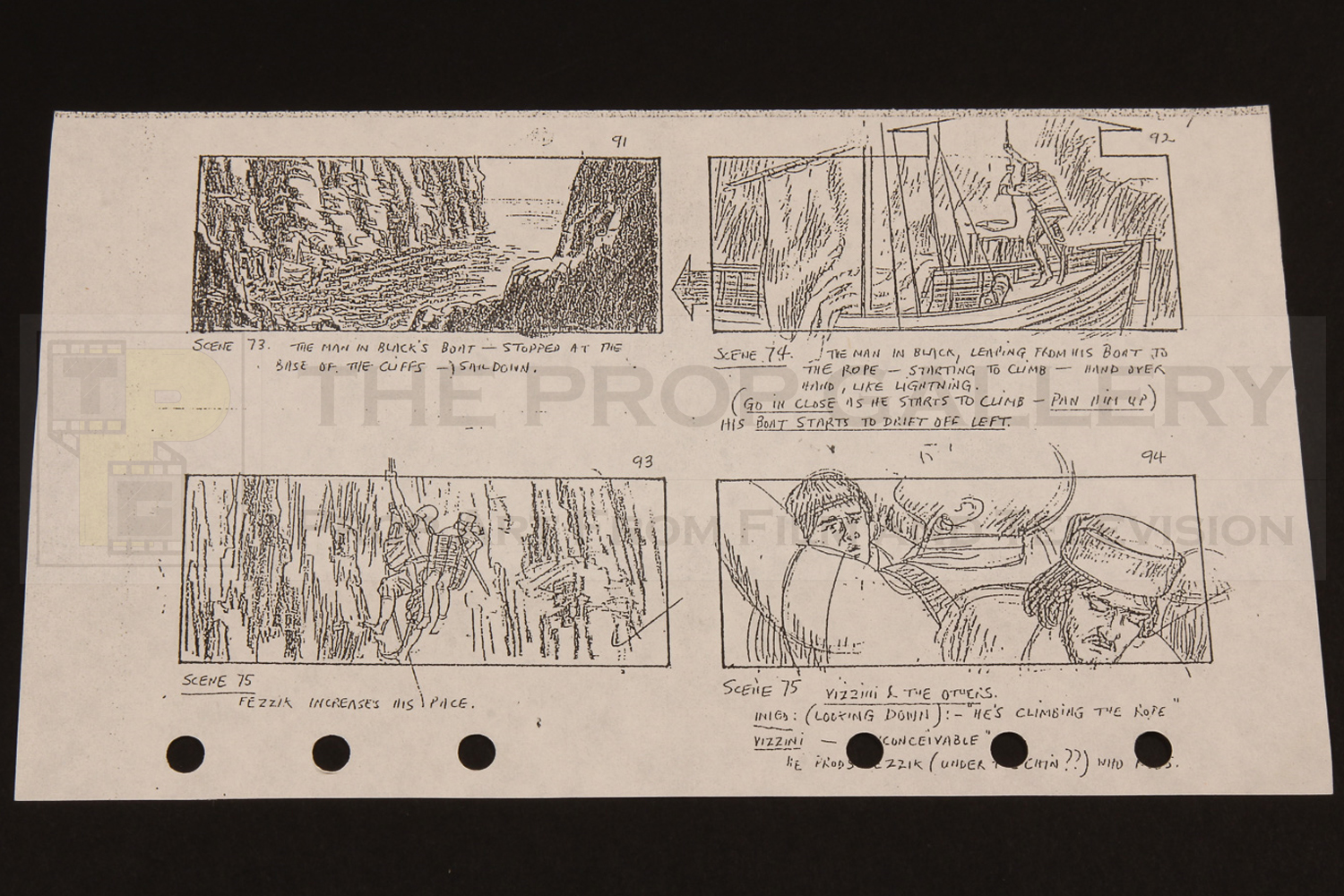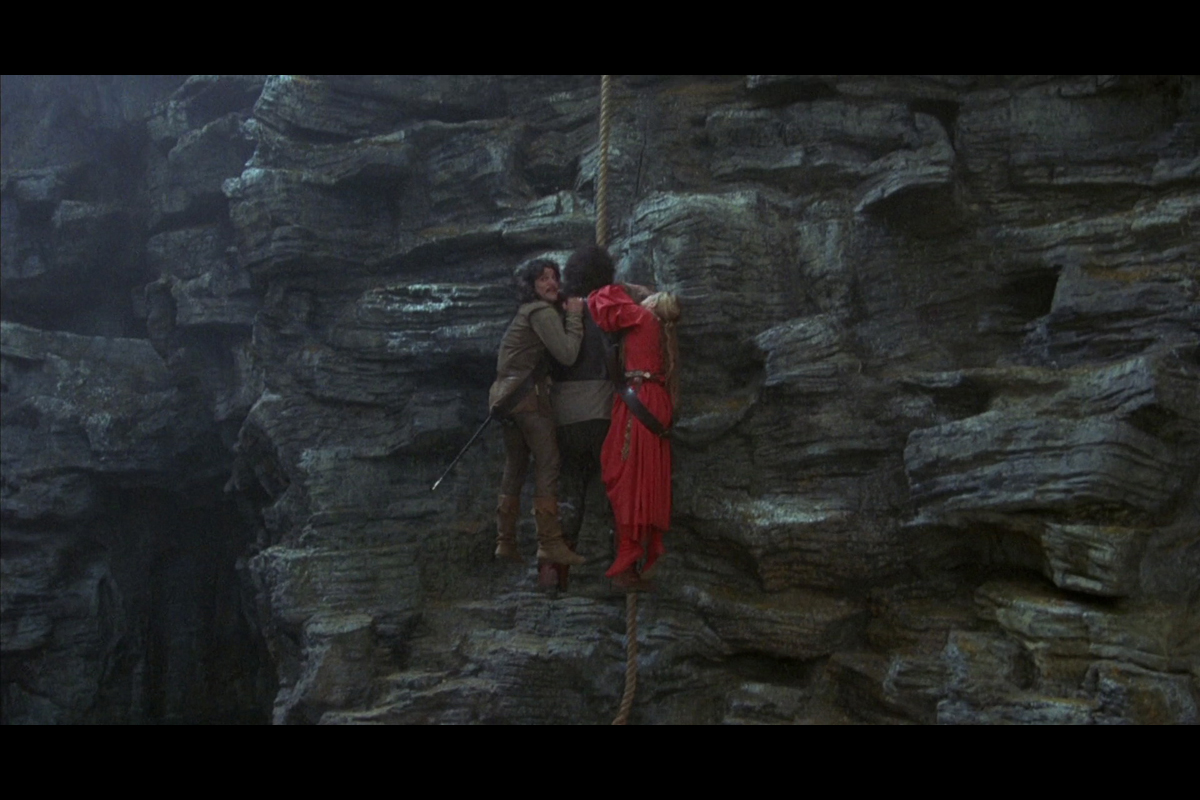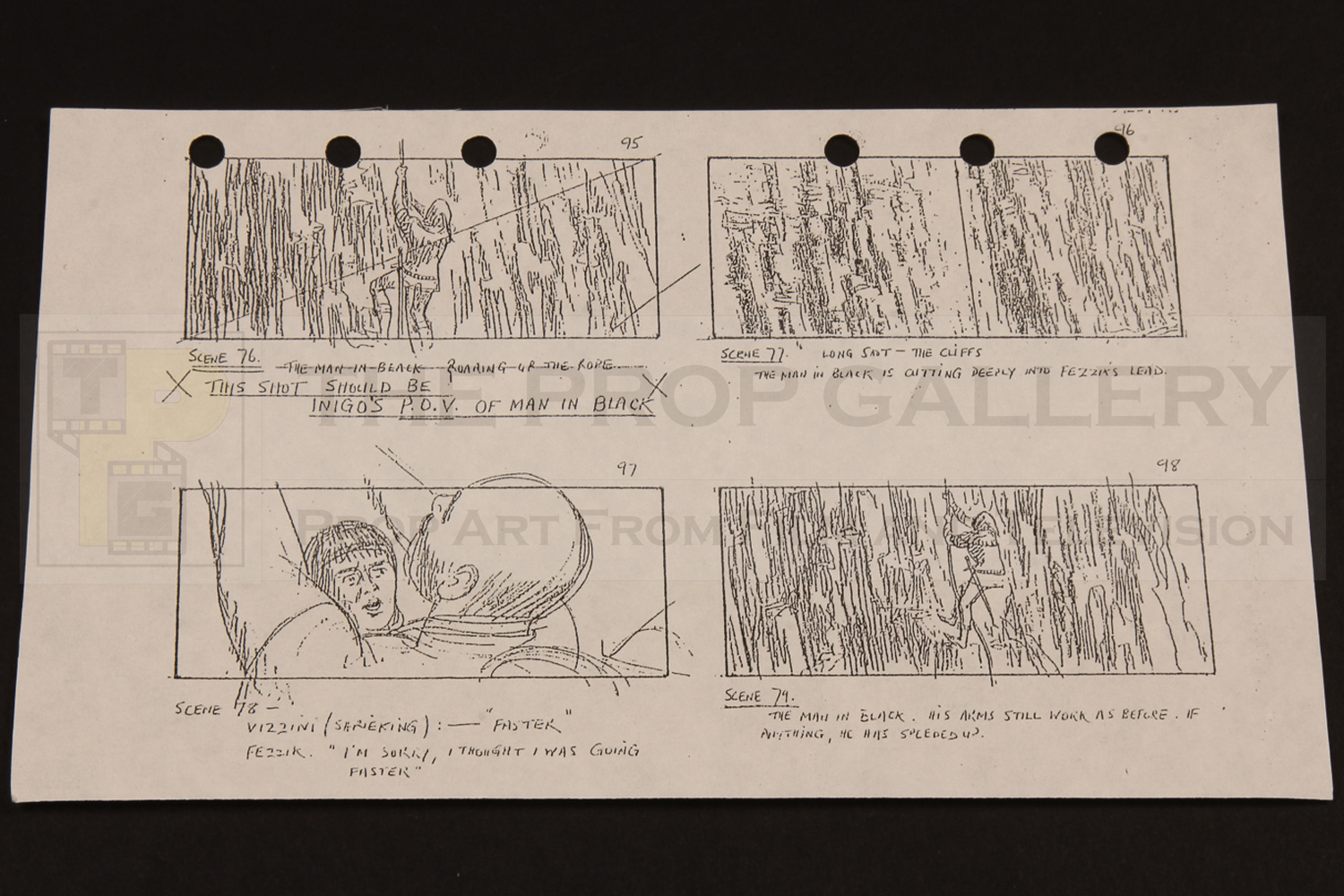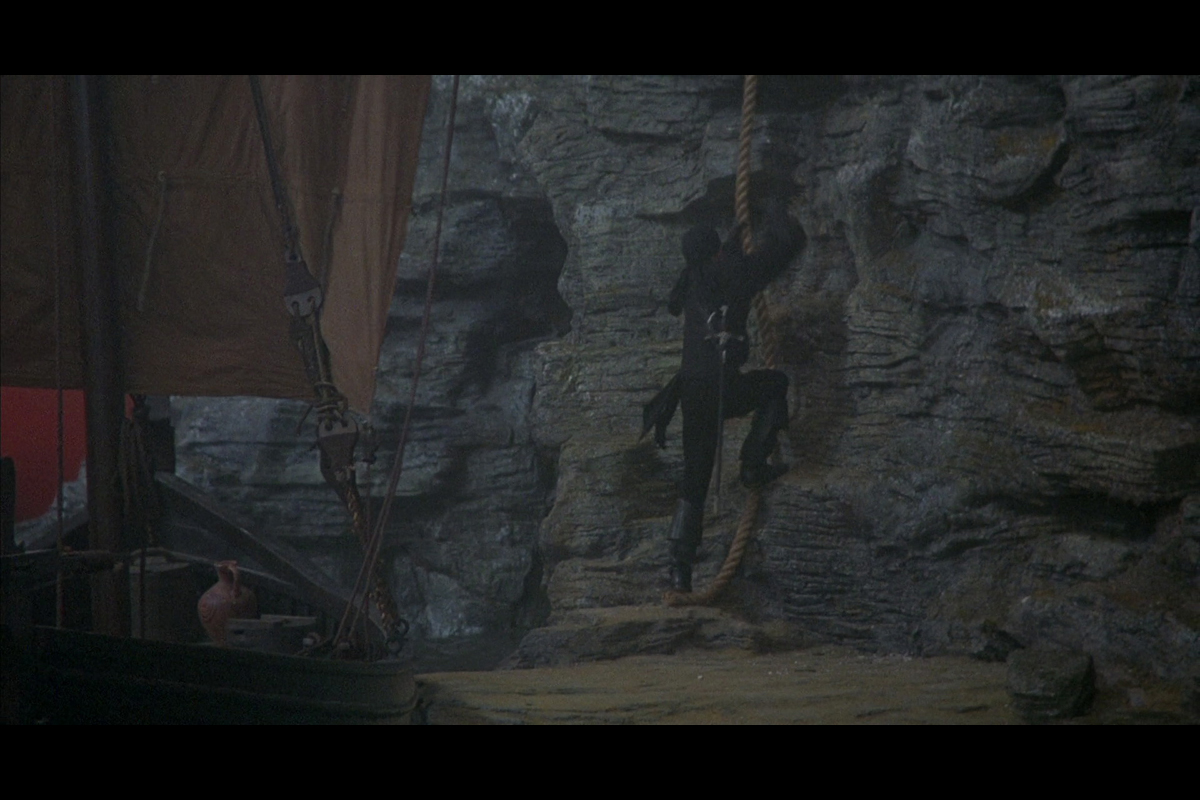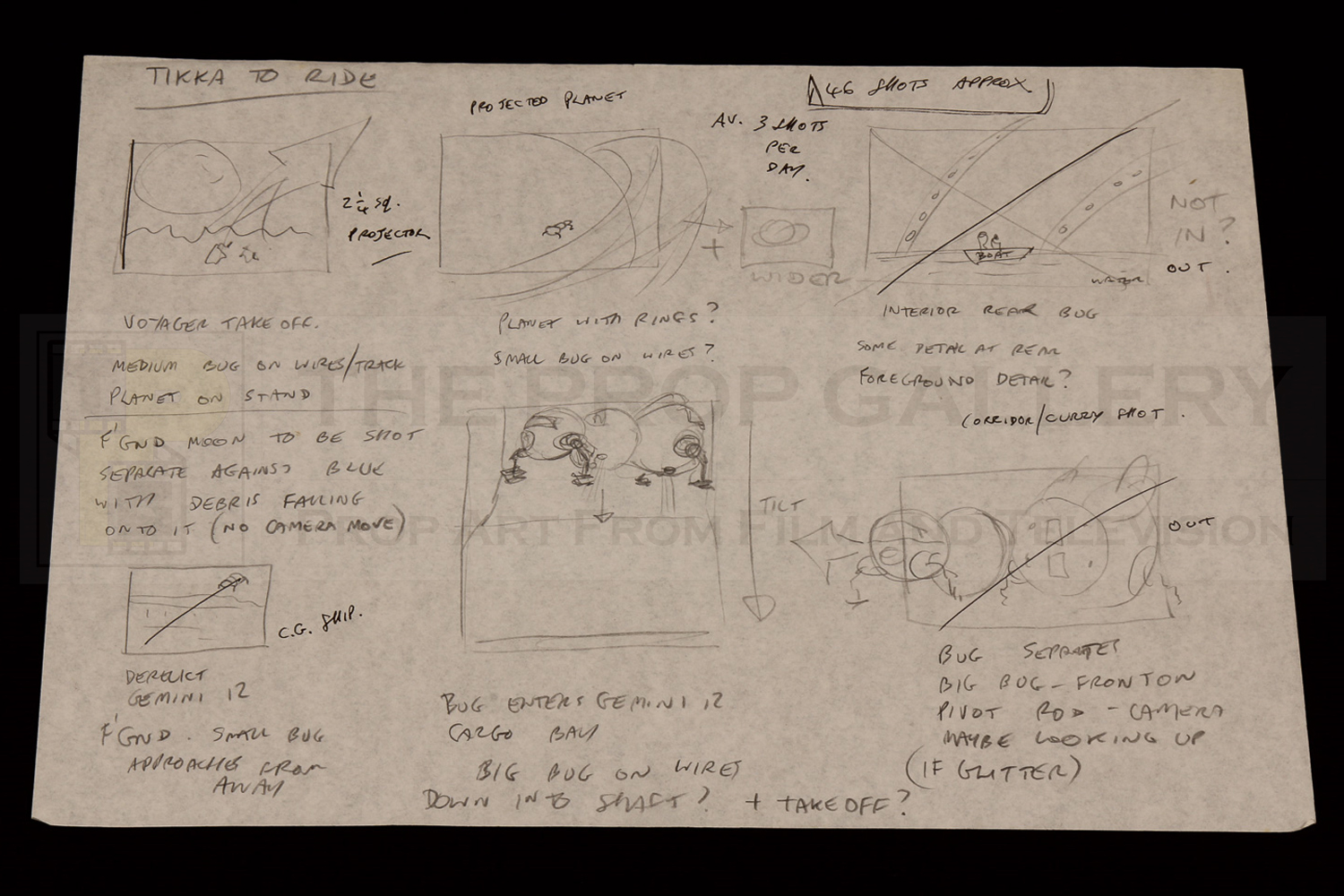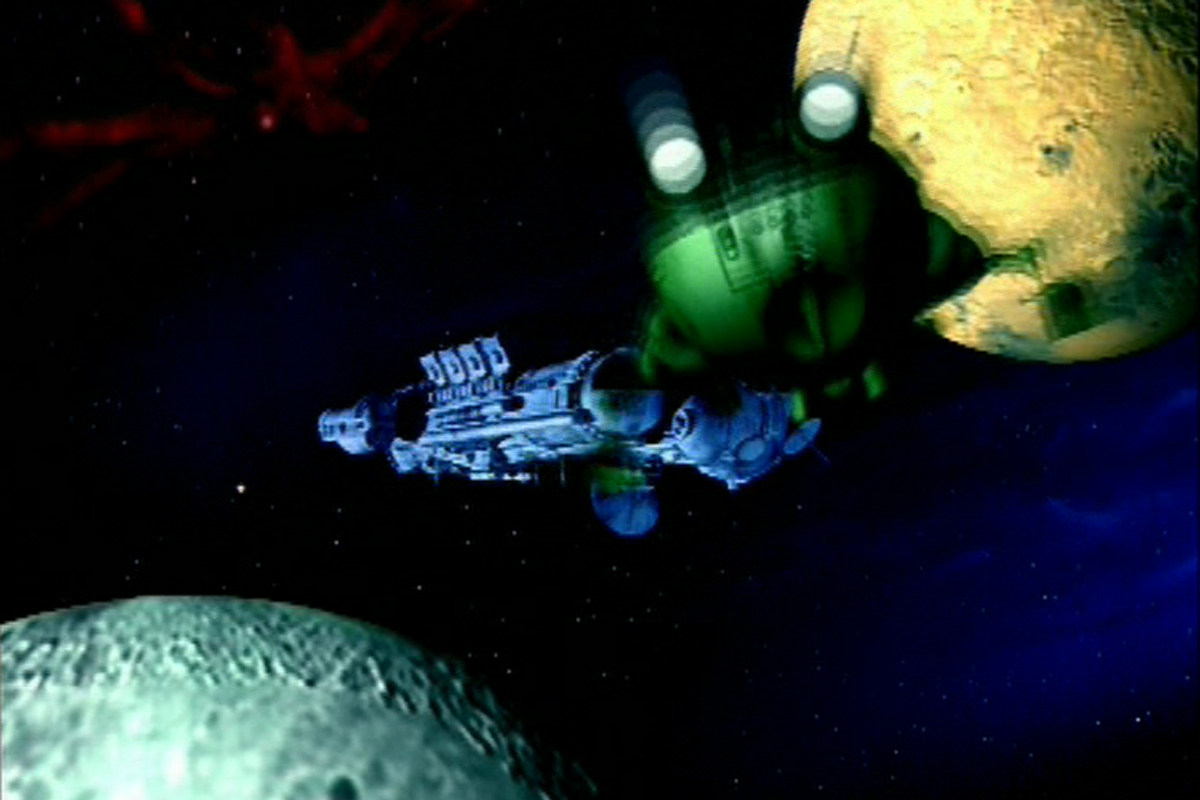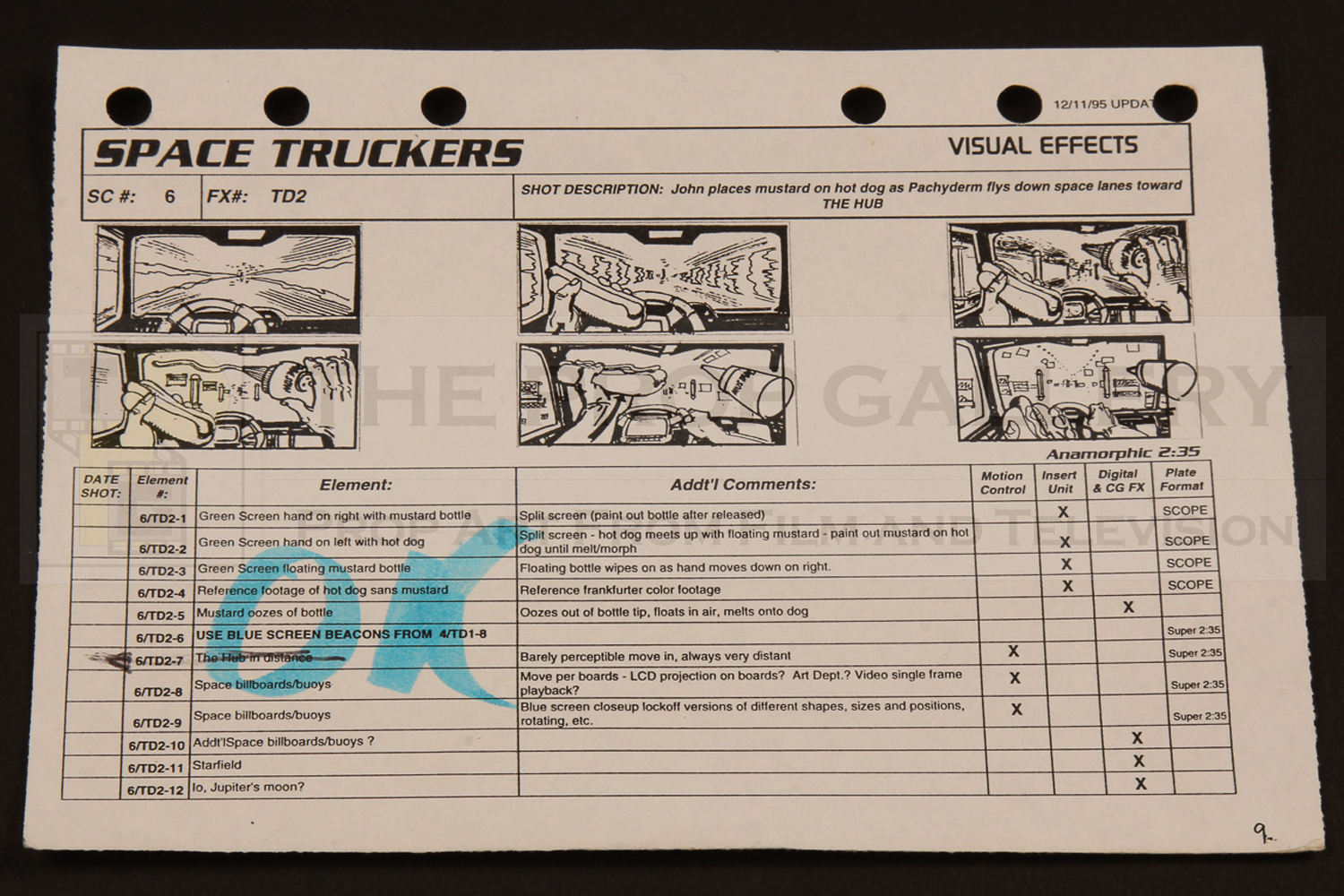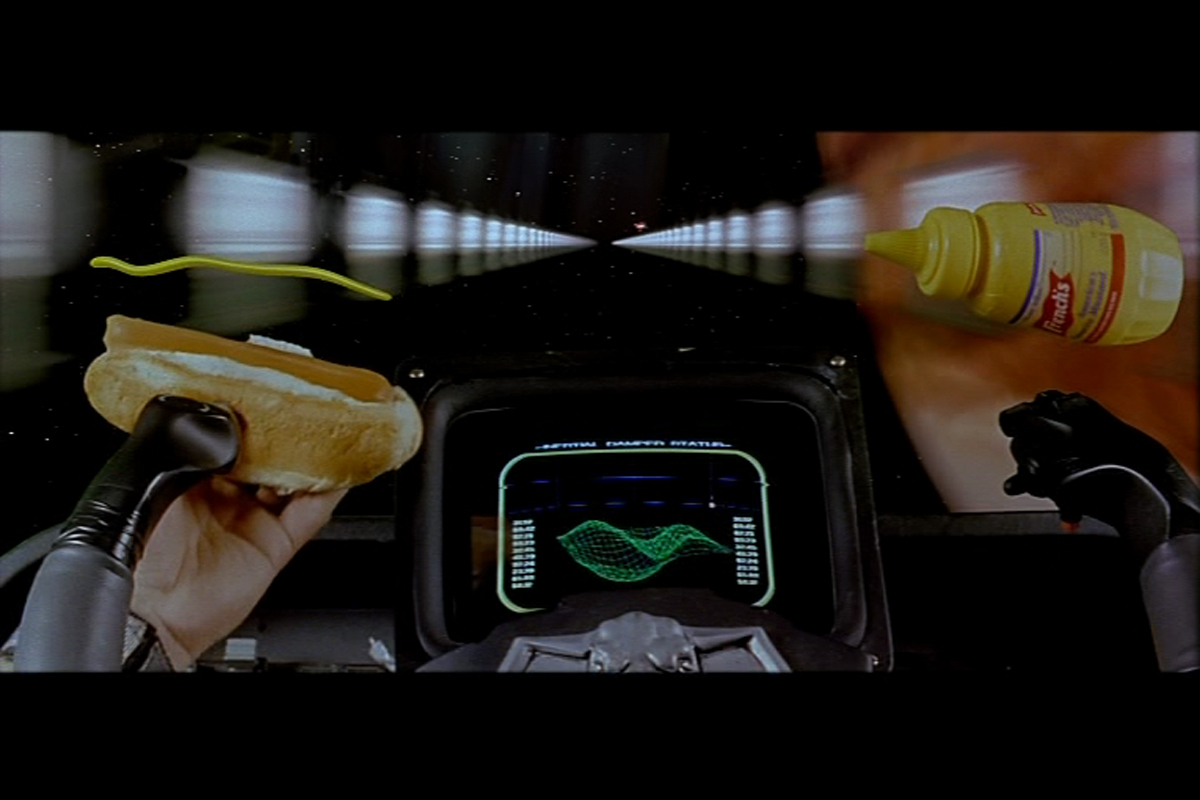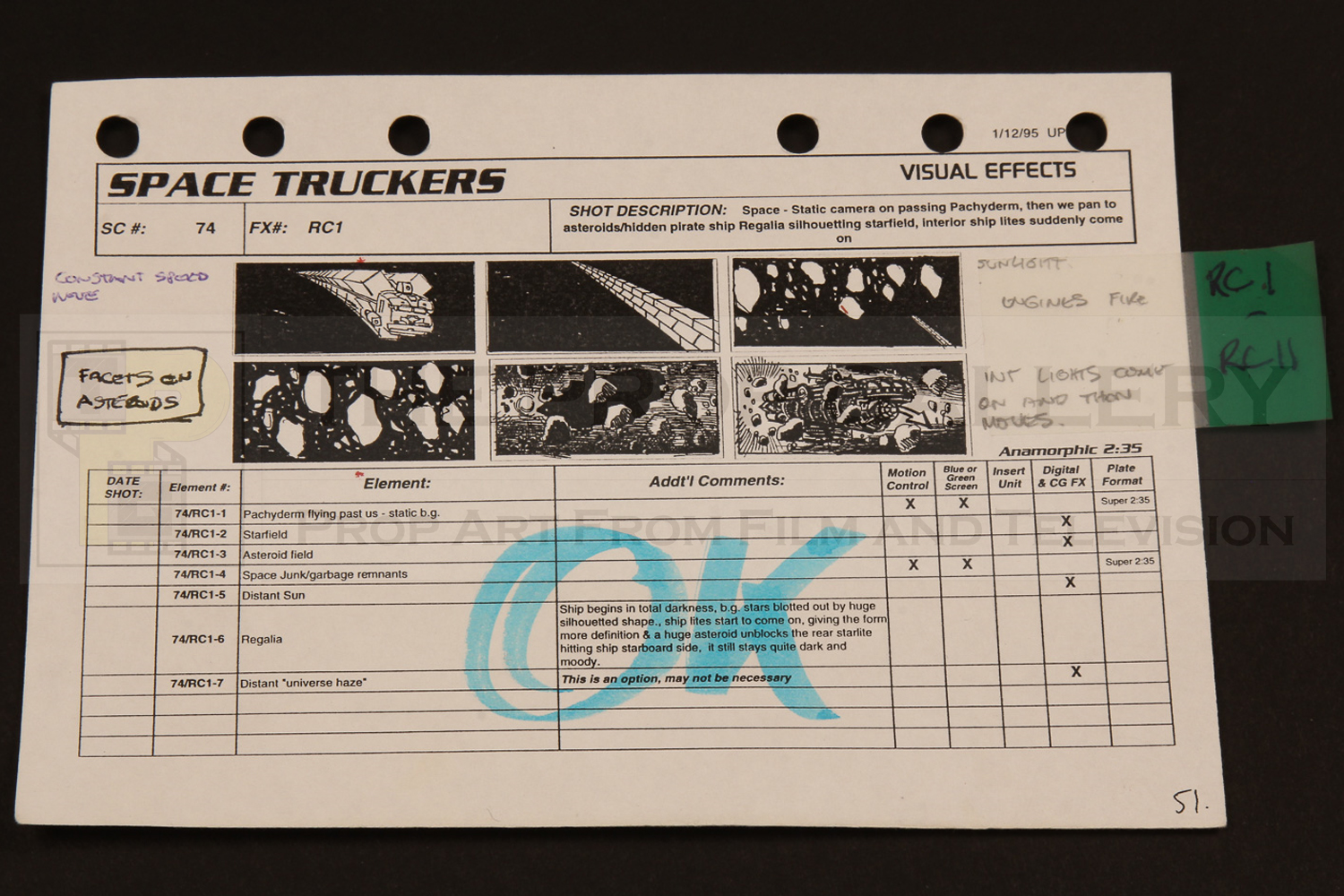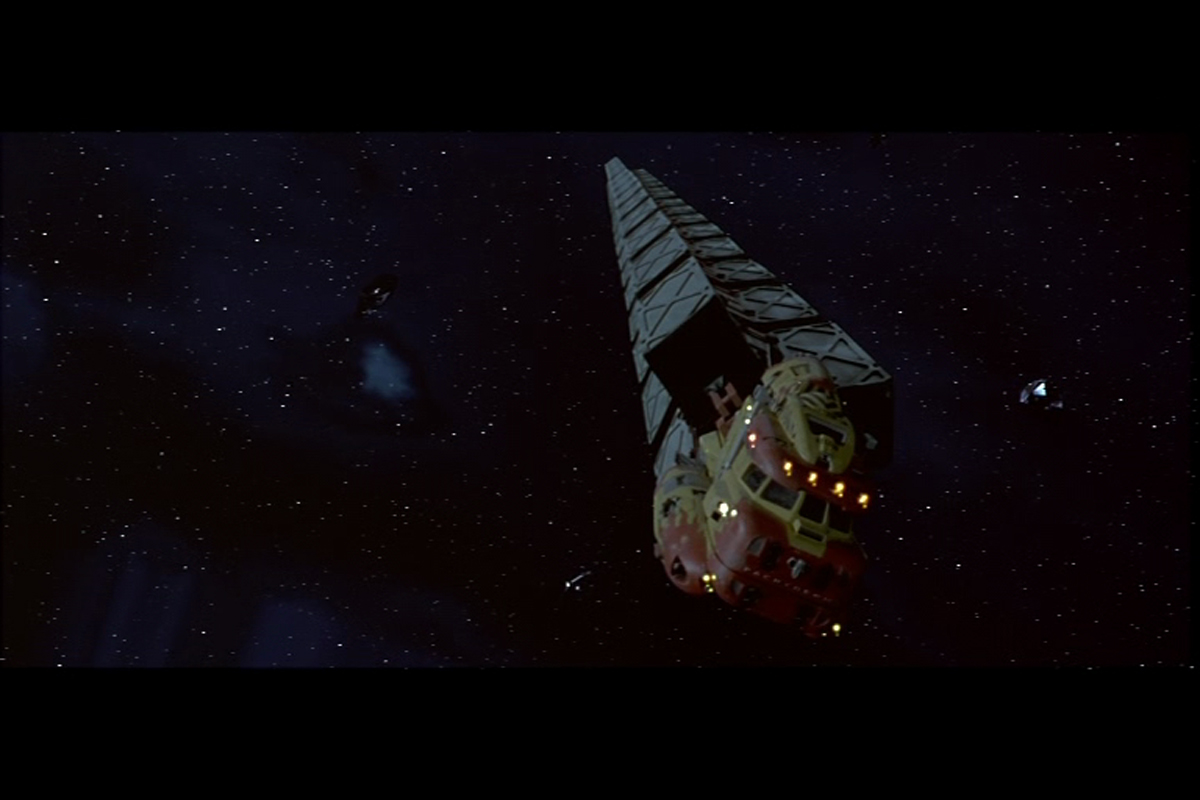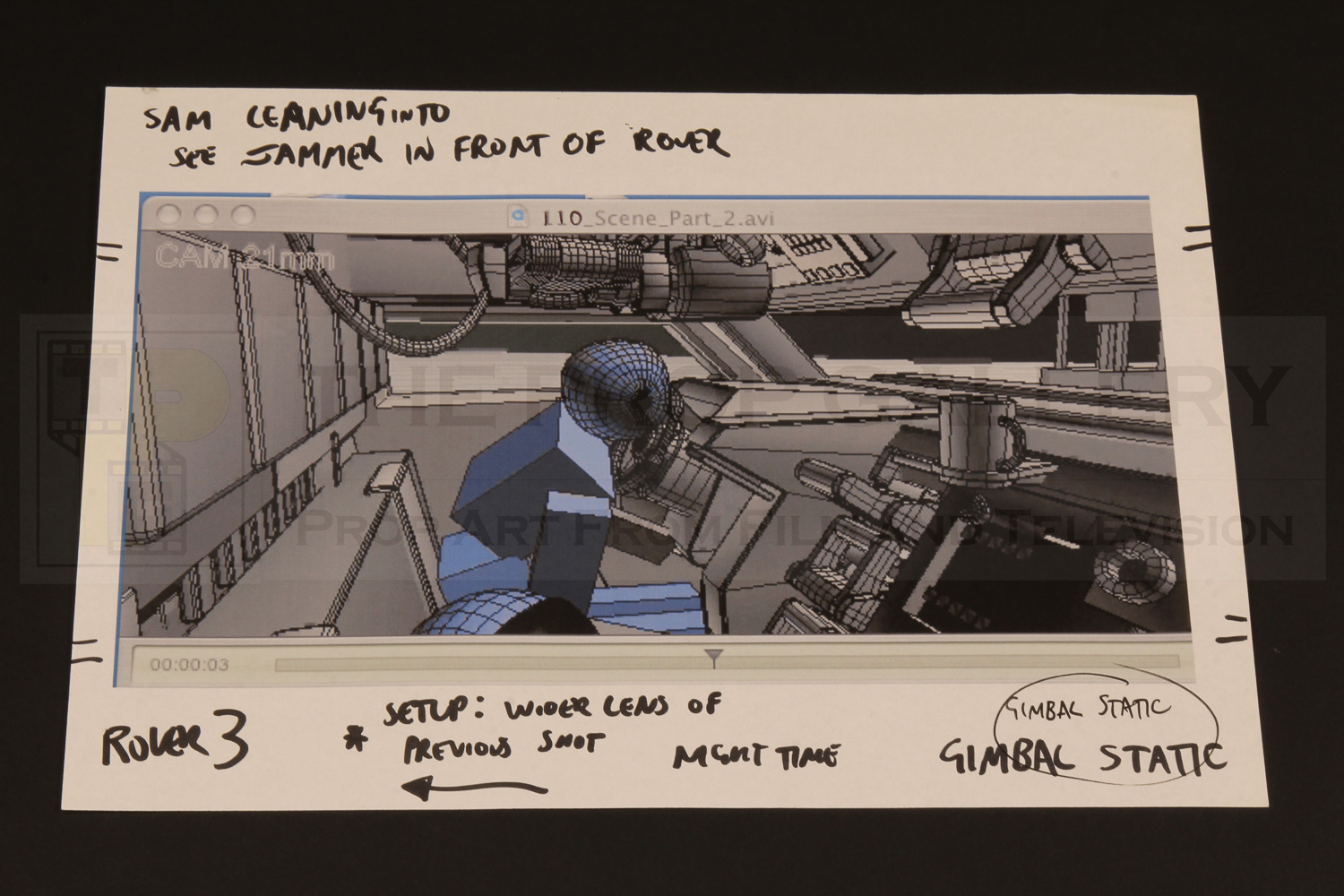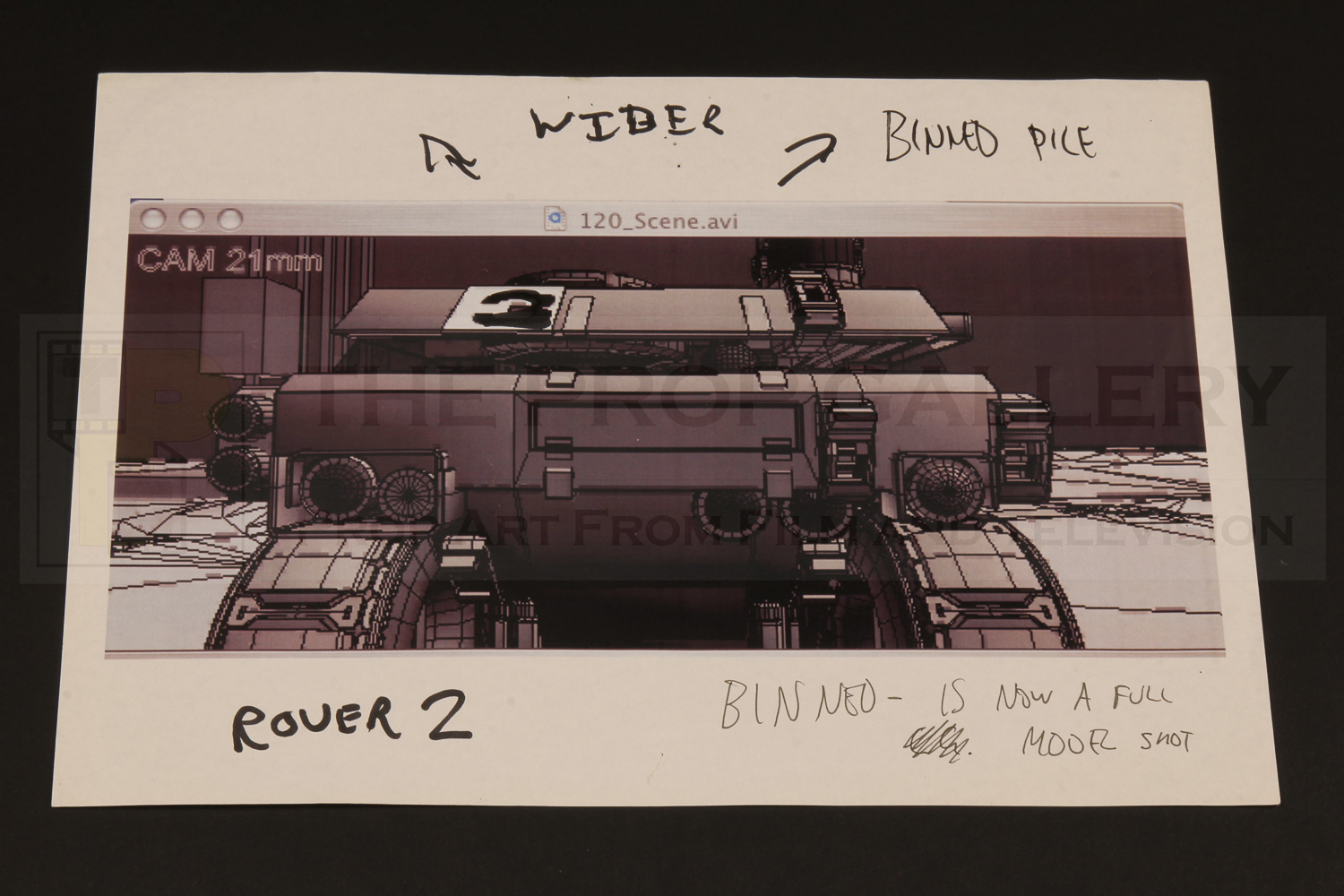From script to screen - storyboarding the motion picture
Storyboard
[noun] A sequence of drawings, typically with some direction and dialogue, representing the shots planned for a film or television production.
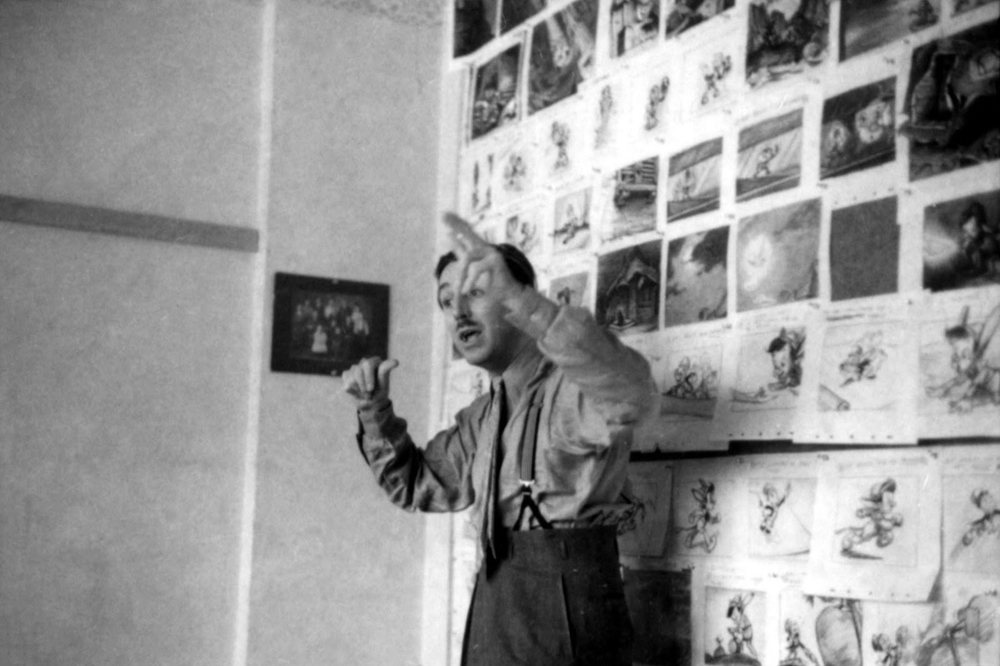 Storyboards are essentially a series of illustrations which are used by filmmakers to aid the visualisation of a particular sequence and determine what is ultimately intended to be achieved on camera. Used in the early stages of production the storyboard has become a valuable tool in the filmmaking process and they are extremely influential in determining the eventual look of the picture, particularly useful for planning complicated action sequences or special effects shots storyboards can also provide an excellent visual reference for communicating ideas and visions with others. The use of storyboards is considered to date back to the very beginnings of the motion picture with storyboarding as we know it today thought to have been popularised in the 1930s, most notably at Walt Disney Studios, as their popularity grew storyboards became an integral part of the creative process and they remain in use to the present day. Traditionally the works would be hand drawn by a storyboard artist or production designer who would collaborate with the filmmakers to achieve the desired look, more recently these traditional methods have become something of a lost art with many artists choosing to use the advancements in technology to render storyboards digitally saving time and money, the use of computer generated animatics are also commonplace where storyboards are animated together to produce a simplified sequence of film.
Storyboards are essentially a series of illustrations which are used by filmmakers to aid the visualisation of a particular sequence and determine what is ultimately intended to be achieved on camera. Used in the early stages of production the storyboard has become a valuable tool in the filmmaking process and they are extremely influential in determining the eventual look of the picture, particularly useful for planning complicated action sequences or special effects shots storyboards can also provide an excellent visual reference for communicating ideas and visions with others. The use of storyboards is considered to date back to the very beginnings of the motion picture with storyboarding as we know it today thought to have been popularised in the 1930s, most notably at Walt Disney Studios, as their popularity grew storyboards became an integral part of the creative process and they remain in use to the present day. Traditionally the works would be hand drawn by a storyboard artist or production designer who would collaborate with the filmmakers to achieve the desired look, more recently these traditional methods have become something of a lost art with many artists choosing to use the advancements in technology to render storyboards digitally saving time and money, the use of computer generated animatics are also commonplace where storyboards are animated together to produce a simplified sequence of film.
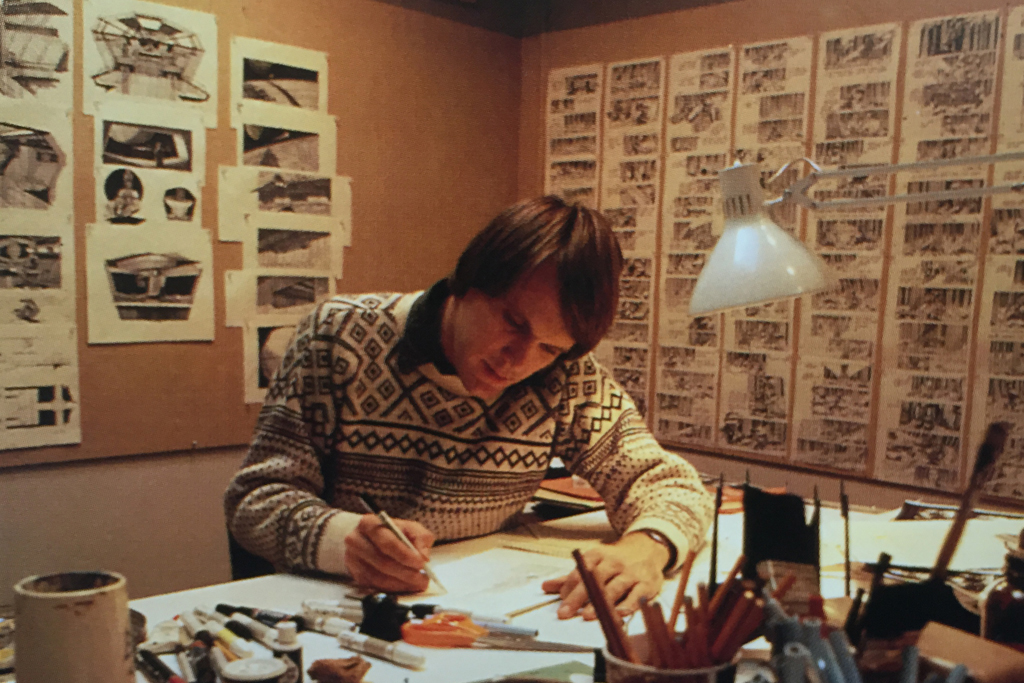 Storyboards are produced in all shapes and sizes, they can be anything from very rough and barely legible drawings to fully fledged highly detailed artwork, indeed it can be common for directors to design rough sequences which are then handed over to a professional artist to storyboard in more detail. Although storyboards are essentially images they are often accompanied by various notes, these can include descriptions of the action taking place in the scene or the dialogue to be spoken, for storyboards relating specifically to visual effects it is common for them to contain lists or notes of the various elements being combined to produce the shot such as the use of bluescreen, miniatures, matte paintings and optical effects to name just a few. The use of storyboards is not limited to pre production either, many crew members elect to have their copies on set or location to use as reference during filming to ensure the finished sequence is as close as possible to how it was originally visualised. Occasionally you may see storyboards bearing hand inscribed notes or reminders with some even crossing the boards out in marker pen meaning the shot is in the can and there is no need to return to it.
Storyboards are produced in all shapes and sizes, they can be anything from very rough and barely legible drawings to fully fledged highly detailed artwork, indeed it can be common for directors to design rough sequences which are then handed over to a professional artist to storyboard in more detail. Although storyboards are essentially images they are often accompanied by various notes, these can include descriptions of the action taking place in the scene or the dialogue to be spoken, for storyboards relating specifically to visual effects it is common for them to contain lists or notes of the various elements being combined to produce the shot such as the use of bluescreen, miniatures, matte paintings and optical effects to name just a few. The use of storyboards is not limited to pre production either, many crew members elect to have their copies on set or location to use as reference during filming to ensure the finished sequence is as close as possible to how it was originally visualised. Occasionally you may see storyboards bearing hand inscribed notes or reminders with some even crossing the boards out in marker pen meaning the shot is in the can and there is no need to return to it.
Although storyboards were once a means to an end and very much a disposable item they have now become respected as an art form and are today highly sought after by collectors, the work can offer a fascinating insight in to the production process bringing the owner even closer to their favourite picture. What follows is a small selection of original storyboards used in the production of some popular movies and television series showing various different styles in achieving the same end result.
Click here to view storyboards currently available to purchase.
Superman (1978)
An example of storyboards detailing the Golden Gate Bridge sequence of the movie which seamlessly combined live action and model miniature effects.
Aliens (1986)
Original hand drawn visual effects storyboards featuring the APC with typewritten scene descriptions below.
Star Wars Episode V - The Empire Strikes Back (1980)
These storyboards were utilised at Industrial Light & Magic during the production and feature artwork by Nilo Rodis-Jamero and Joe Johnston respectively in addition to scene descriptions and the various elements required to compose the shot.
James Bond - A View to a Kill (1985)
These large storyboard sequences feature several reduced size illustrations on a single page and detail the climatic action sequence of the movie.
Space: 1999 - The Seance Spectre (1977)
This large sized A1 storyboard features a series of colour illustrations drawn by Academy Award winning visual effects artist Brian Johnson and was utilised at Bray Studios during the production of the visual effects work.
Raiders of the Lost Ark (1981)
These storyboards were utilised by second unit assistant director Carlos Gil on location during the production of the memorable truck chase sequence, they feature various hand inscribed notes relating to filming and were crossed following the completion of the shots.
Doctor Who - Doomsday (2006)
This storyboard contains several reduced size illustrations with descriptions detailing the climatic sequence of Series 2 and features notes relating to camera movement.
The Princess Bride (1987)
These reduced size storyboards were made so to enable them to be used in a convenient pocket sized filofax during the production.
Red Dwarf - Tikka to Ride (1997)
This rough storyboard sequence was drawn by model unit cameraman Peter Tyler as the visual effects shots were planned for the Series VII episode Tikka to Ride and feature various notes and questions needing to be answered before shooting.
Space Truckers (1996)
A fine example of visual effects storyboard reductions utilised by effects supervisor Brian Johnson with detailed notes of the various elements required to compose the shots, hand inscribed in highlighter once completed.
Moon (2009)
An example of animatic storyboards which were digitally rendered and printed to be used on set during the production.

